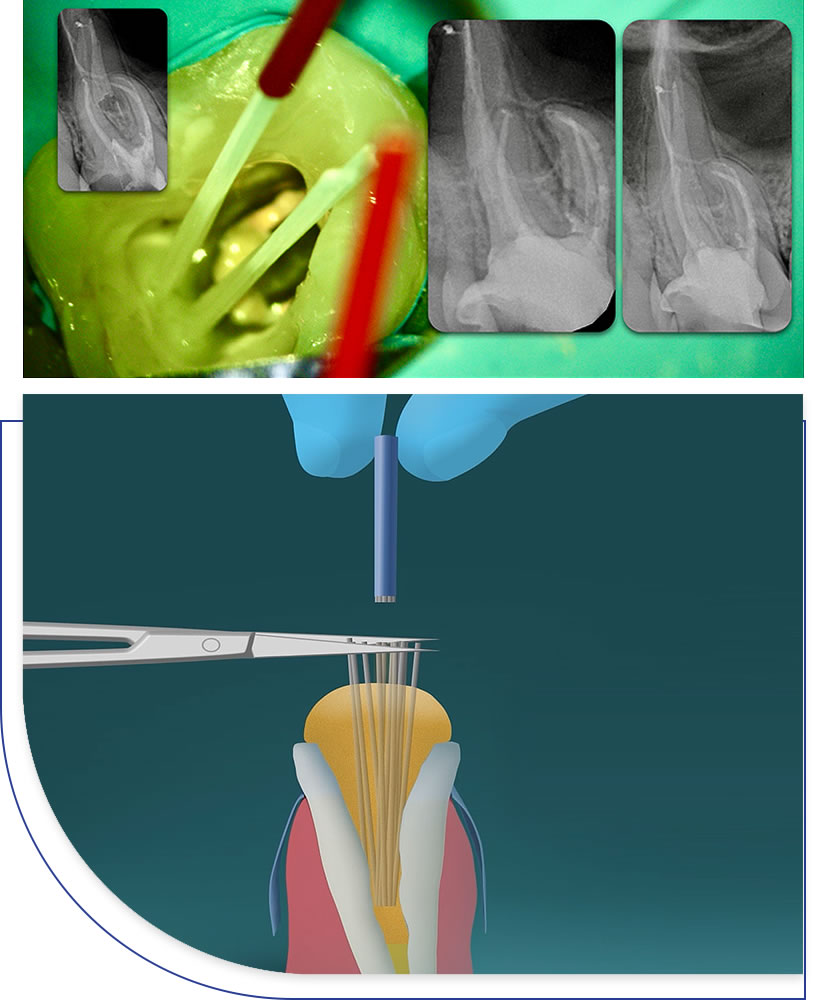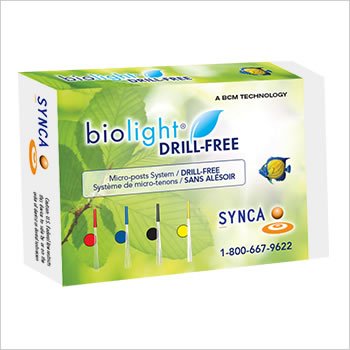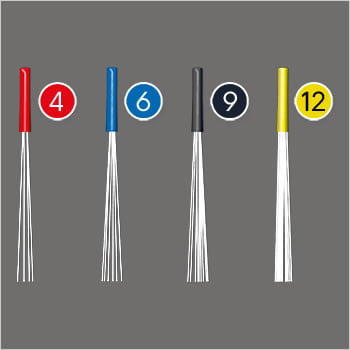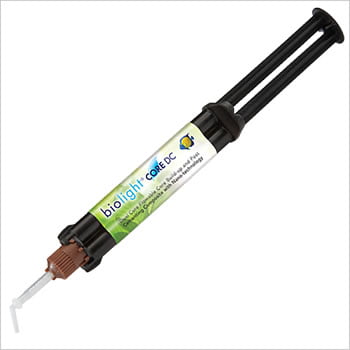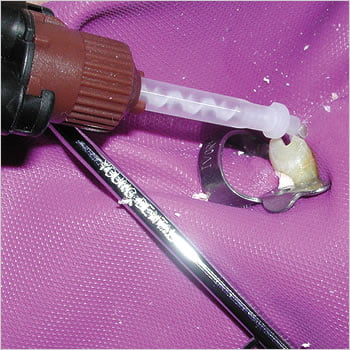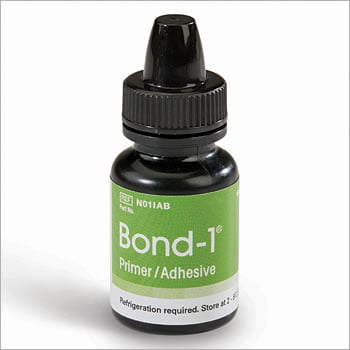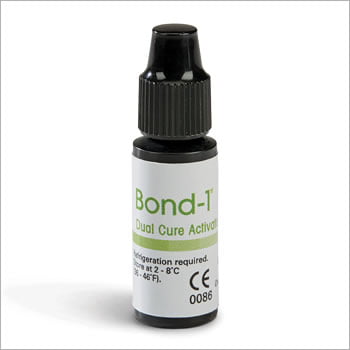Buy now

Peripheral reinforcement
71% more resistant to deformation before fracture*
- Peripheral reinforcement with the Biolight® DRILL-FREE multi-post system offers a superior resistance to mechanical stresses, when compared to a central post.
- Traditional engineering reinforcement concepts have long-established a reliance on peripheral over central reinforcement.
*Based on internal comparative engineering data.
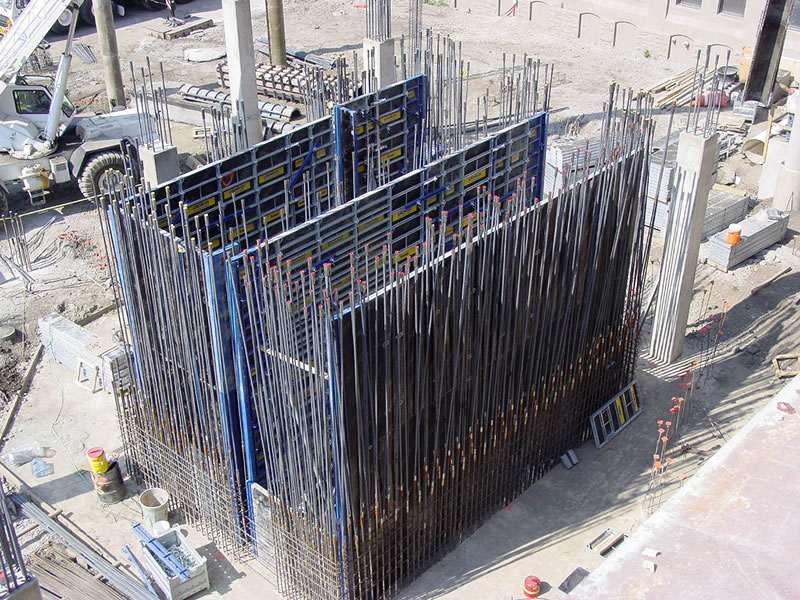
Retain 100% of remaining healthy tooth structure
- Biolight® DRILL-FREE adapts to all shaped canals, while conserving all remaining healthy tooth structure.
- There is no need to drill out portions of canals to accommodate post spaces.
- Easily place multi-posts in multiple canals as the post bends with the natural canal shape.
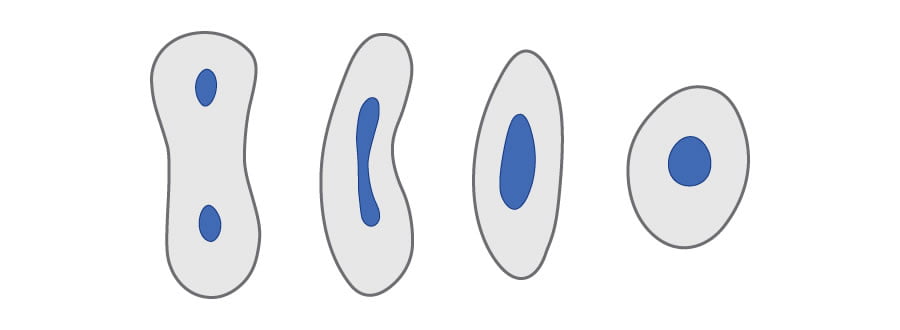
Contact us today or schedule an appointment
Technical Information
Eliminate drilling and all risks associated with intra-canal drilling
| 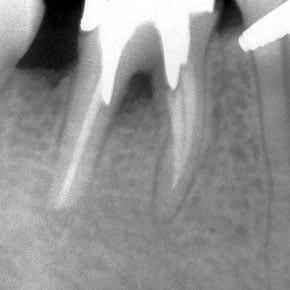 | 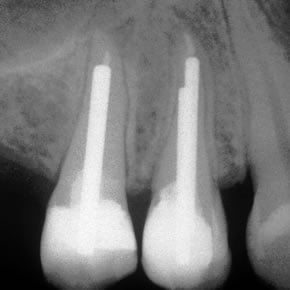 | 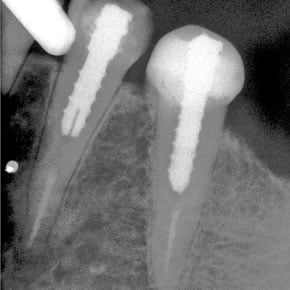 |
A better option for same-day crowns
Biolight® DRILL-FREE post and core crowns offer optimal physical properties for dental practices that are offering their patients same-day crown services.
In conjunction with a hard non-viscoelastic crown restorative material, endo crowns will immediately and directly transmit high stress loads, which will lead to fatigue fractures.
Conventional crowns showed a 5-year survival rate of 94% vs. 77.7% for endocrowns.*
*Survival and success of endocrowns: A systematic review and meta-analysis; Raghad A Al-Dabbagh; 10.1016/j.prosdent.2020.01.011 link
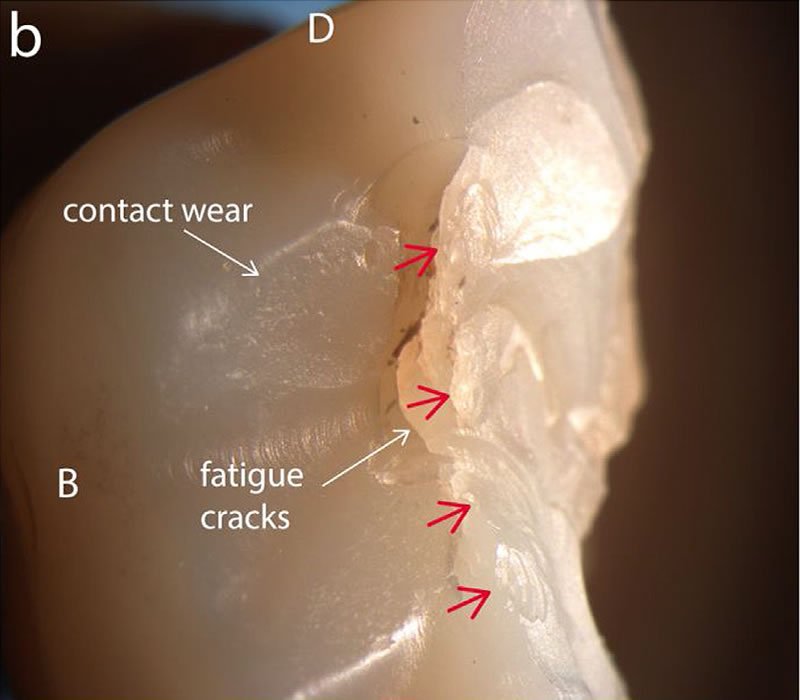
Saratti CM, et al. Fractography of clinical failures of indirect resin composite endocrown and overlay restorations. Dent Mater (2021), link
Increase the fracture toughness of your restorations by 36% to 236%
Current composite and ceramic materials are brittle. They do not lack strength, but they require toughness.
One of the main drawbacks of brittle materials when employed to replace the lost dentin is the substantially lower fracture toughness of these materials in comparison with that of the dentin. The role of multi- posts evenly distributed in the entire structure of a post and core build up is based on the mechanism of a crack-stopper.
Fibers composite investigation has earlier been informed to display high flexural strength and fracture toughness with fracture toughness values around 2.6 MPa. Existing data with regard to fracture toughness values of various direct/indirect restorative materials like composite and ceramic are in range of 1.1 to 1.9 MPa.
Bonilla ED, Mardirossian G, Caputo AA (2000) Fracture toughness of various core build up-materials. J Prosthodont 9:14–18.
Quinn JB, Quinn GD, Sundar V (2010) Fracture toughness of veneering ceramics for fused to metal (PFM) and zirconia dental restorative materials. J Res Natl Inst Stand Technol l15:343–352
Fracture toughness of composite/ceramic vs. Fiber reinforcement (MPa)
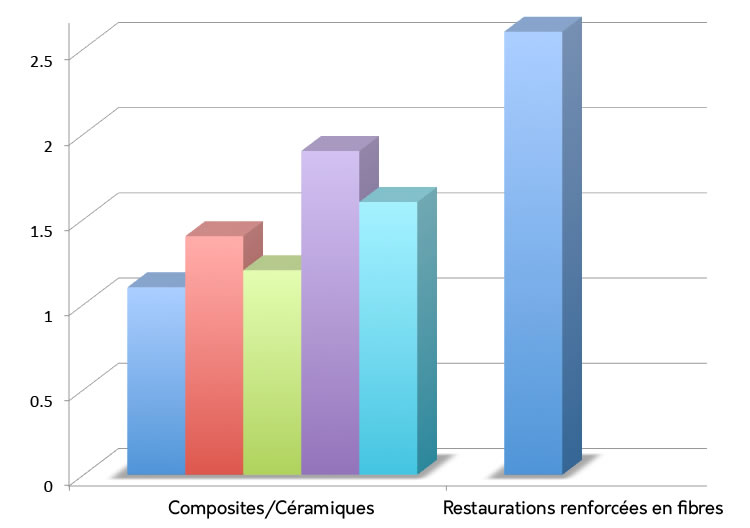
| Composite/Céramic: | 1.1 – 1.9 MPa |
| Fiber reinforced restoration: | 2.6 MPa |
Template for x-rays
| 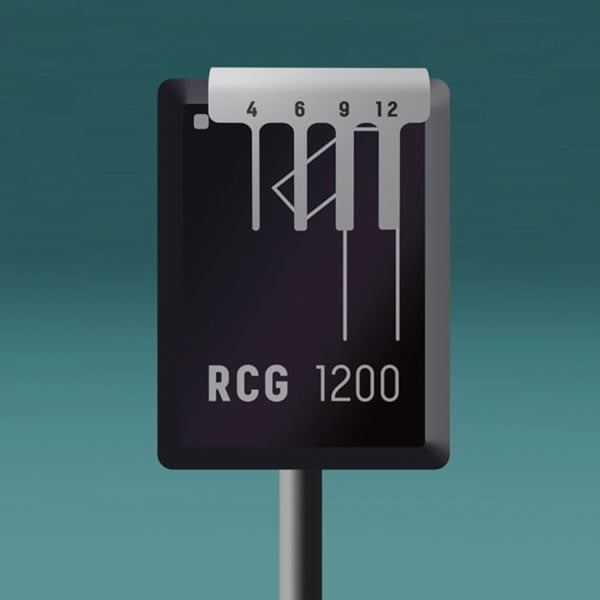 | 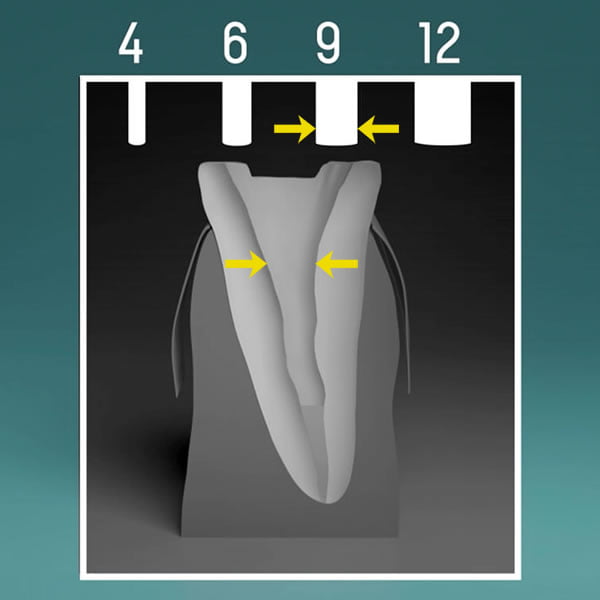 | 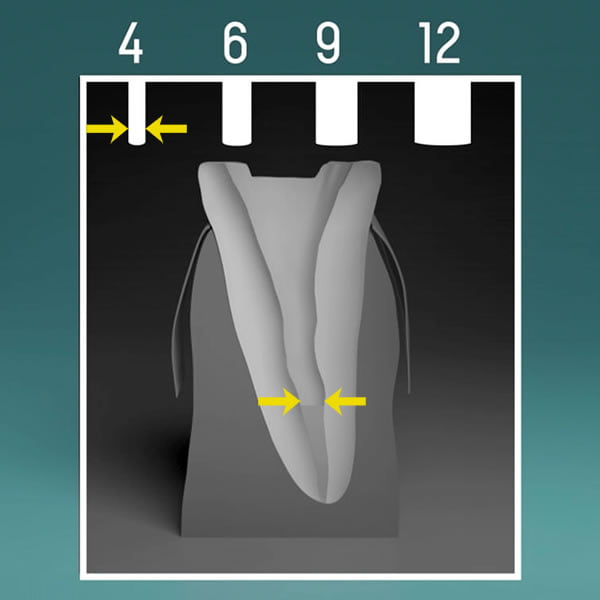 |
Comparative Fracture resistance of Restorations at 30º (in MPa)
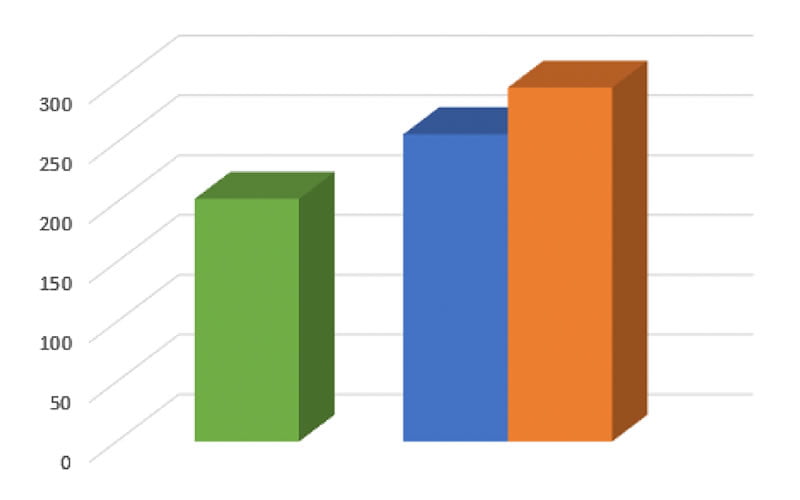
Comparative deformation at 30º flex before fracture (in mm)
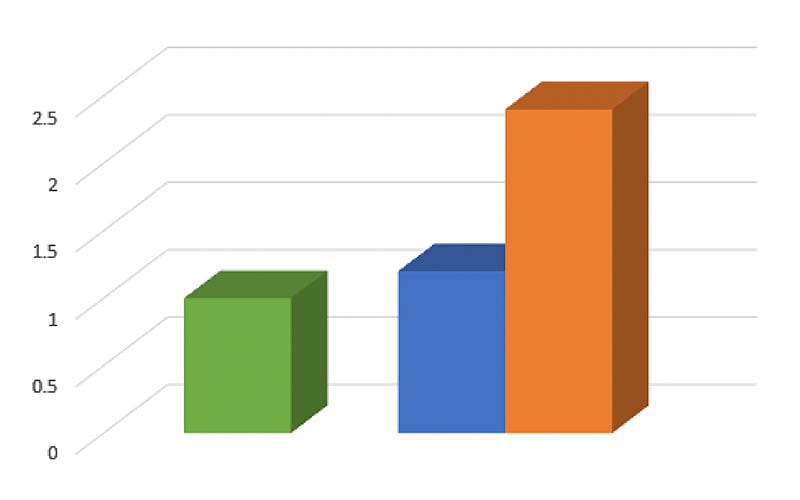
Increased 30° tensile strength resistance to rupture
(With 4 strands of Biolight® DRILL-FREE)
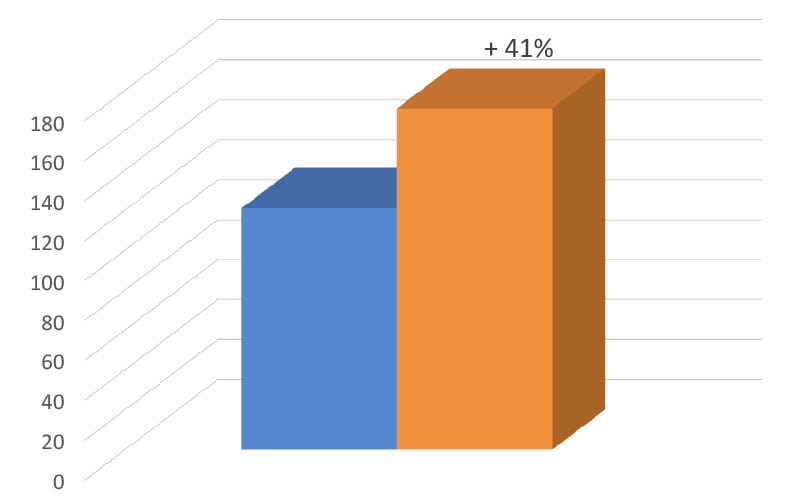
• With Biolight® ST – 1.0mm (only 1 post)
• With Biolight® DRILL-FREE – 1.0mm (4 strands)
Reconstitution coronal-radicular restorations with fiber multi-posts Biolight® DRILL-FREE (4 strands) resist to rupture tensile forces higher than 41% compared to those reinforced with structured fiber posts prefabricated central root canal Biolight® ST equivalent to ø 1.0mm.
(With 12 strands of Biolight® DRILL-FREE)
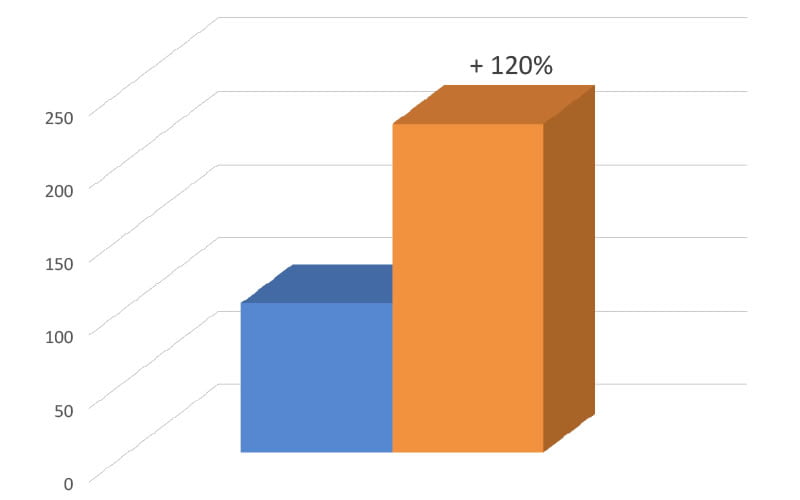
• With Biolight® ST – 1.5mm (only 1 post)
• With Biolight® DRILL-FREE – 1.55mm (12 strands)
Reconstitution coronal-radicular restorations with fiber multi-posts Biolight® DRILL-FREE (12 strands) resist to rupture tensile forces higher than 120% compared to those reinforced with structured fiber posts prefabricated central root canal Biolight® ST equivalent to ø 1.5mm.
Superior Fatigue Resistance
When compared against popular brands of fiber posts, the Biolight® DRILL-FREE post material has shown statistically superior resistance to breakdown from repeated cyclical stresses. This type of cyclical testing shows the ability of a post to stand up to the intraoral rigours of continual flex during mastication.
Fatigue testing of fiber dental products
| POST (Brand) | TEST DURATION | # OF CYCLES |
| Biolight® DUAL | 12 JOURS, 23H | 3,000,000* |
| Biolight® ST | 12 JOURS, 17H | 3,000,000* |
| FibreKor® | 3H, 52 min | 41,760 (failed) |
| ParaPost® Fiber Lux™ | 2H, 42 min | 29,160 (failed) |
*The tests were stopped once 3 million cycles were reached.
® or ™: Registered trademarks or trademarks of their respective manufacturer.
Tested to 3,000,000 cycles of resistance to failure in fatigue testing
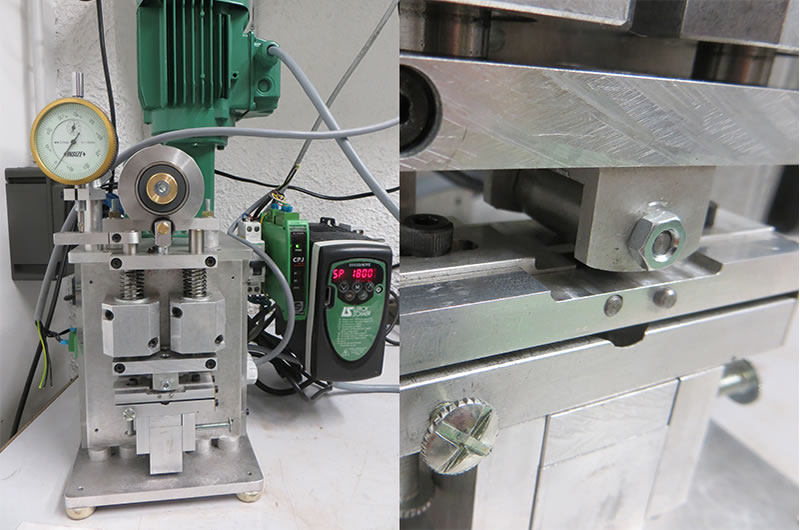
Superior Shear Modulus
A recent independent university study comparing the shear modulus of various fiber posts produced these results:
Force required to BREAK post (MPa)
| Biolight® DUAL: | 102.87 MPa |
| ParaPost® Taper Lux: | 86.12 MPa |
| FRC Postec® Plus: | 90 MPa |
| RelyX™ Fiber Post: | 85.94 MPa |
Force required to BREAK post (MPa)
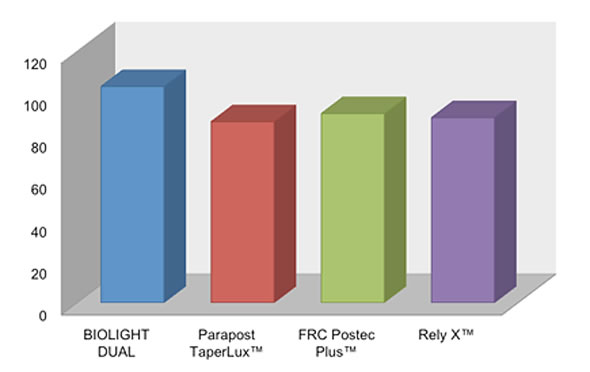
® or ™: Registered trademarks or trademarks of their respective manufacturer.
Superior Bond
In a head-to-head independent study, when compared against an epoxy resin fiber post, the Biolight® DUAL material showed statistically superior bond to popular self-adhesive resin cements.
In another comparative post study, SEM revealed that the Biolight® DUAL material exhibits more surface roughness that all other posts, which contributes to the superior bonding ability.
Biolight® DUAL offered the same adhesion without any surface treatment, or with treatment of either alcohol or H2O2 and silanization for 60 seconds.
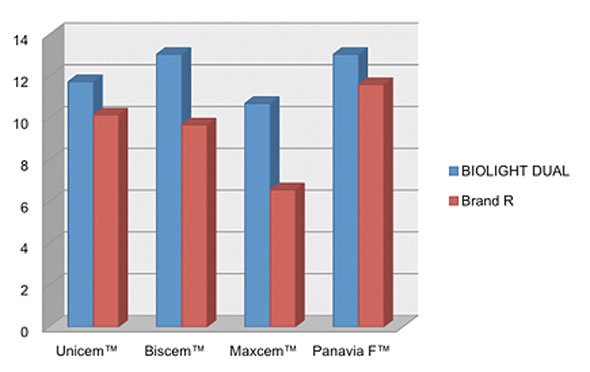
® or ™: Registered trademarks or trademarks of their respective manufacturer.
Superior Radiopacity
In an independent university study, The Biolight® DUAL material against exhibited superior radiopacity to all other fiber posts tested:
Radiopacity of fiber posts
| Biolight® DUAL: | 205.90 |
| FRC Postec® Plus: | 106.67 |
| RelyX™ Fiber Post: | 88.04 |
| ParaPost® Taper Lux: | 64.67 |
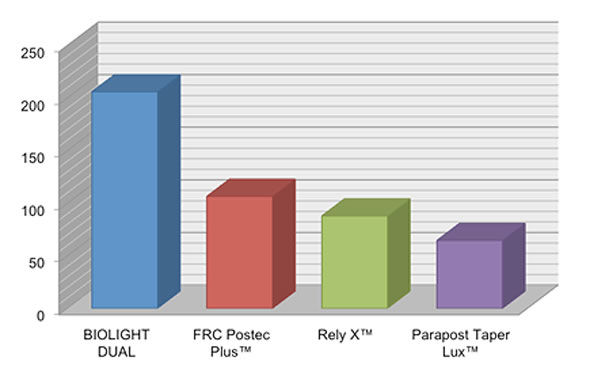
® or ™: Registered trademarks or trademarks of their respective manufacturer.
Excellent light transmission
Excellent light transmission for use with dual-cure resins, Biolight DUAL offer excellent light transmission through the optic fiber material.
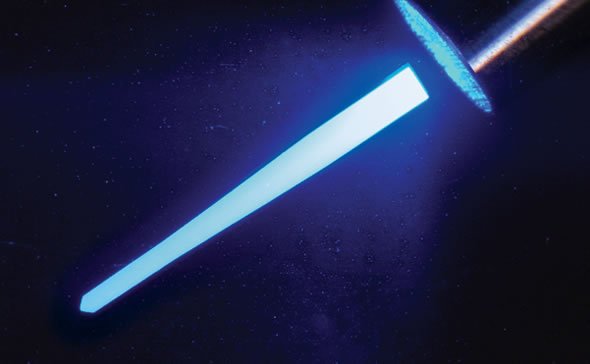
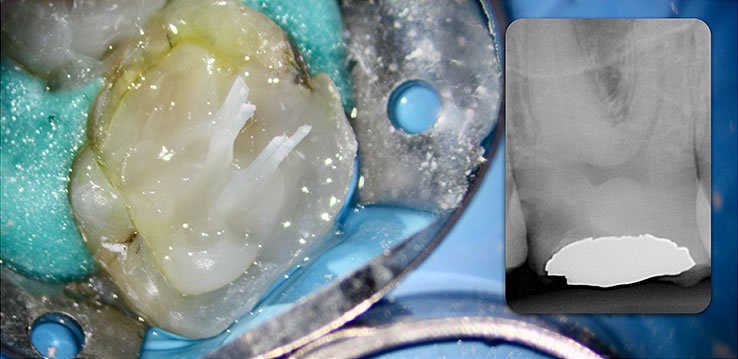 |  |
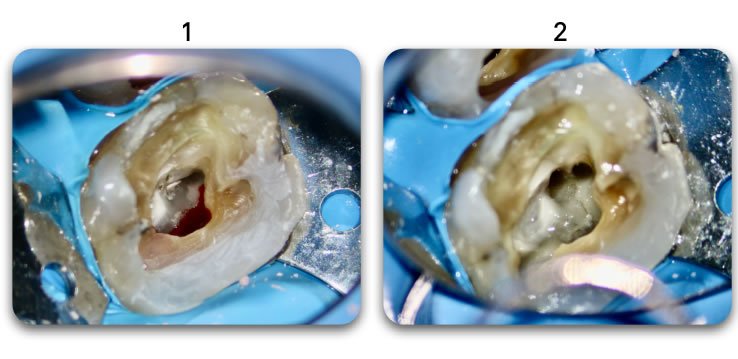 | 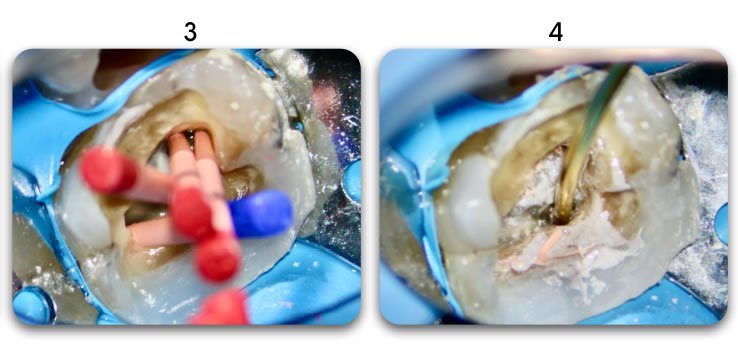 |
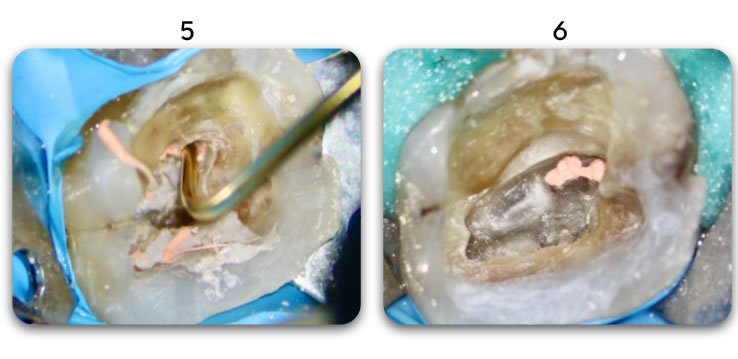 | 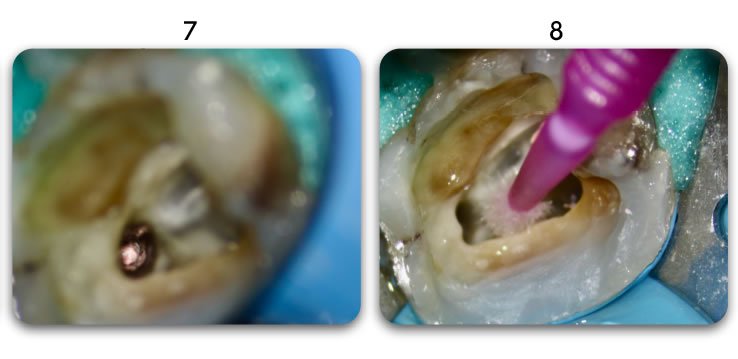 |
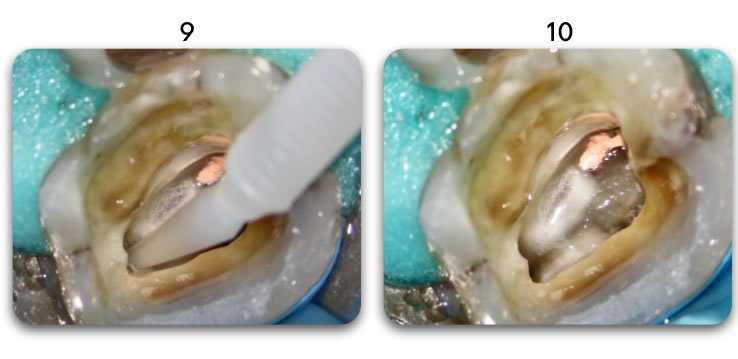 | 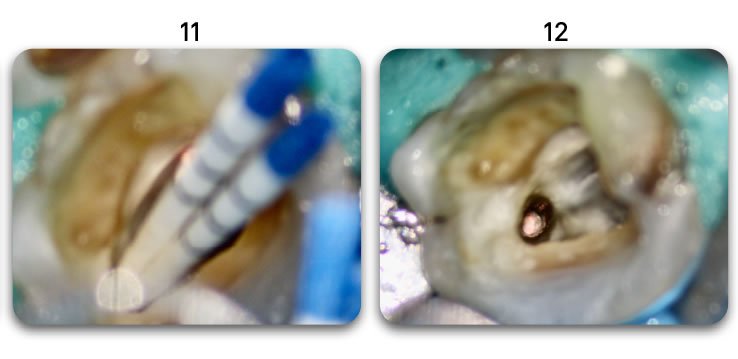 |
 |  |
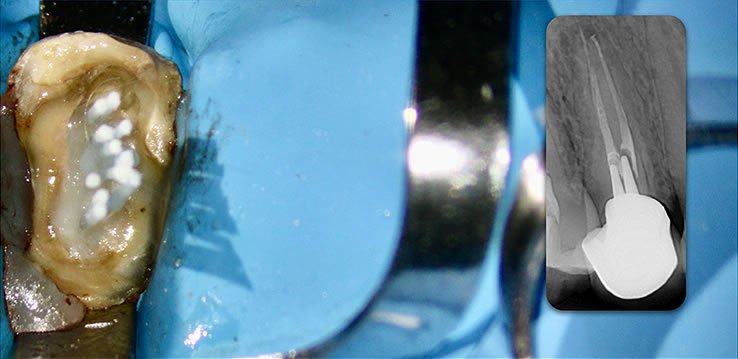 | 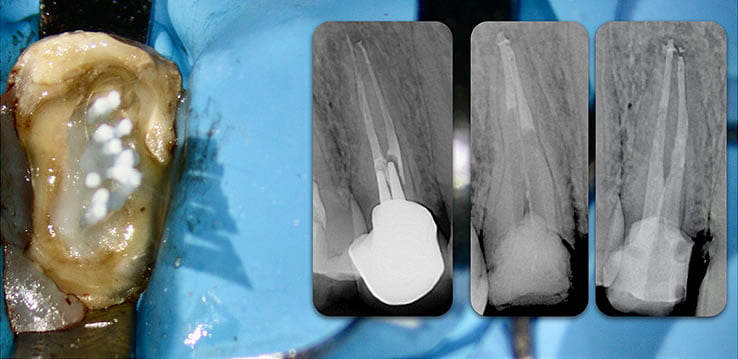 |
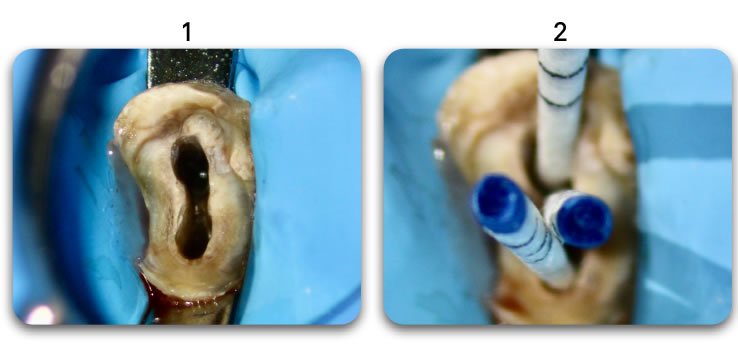 | 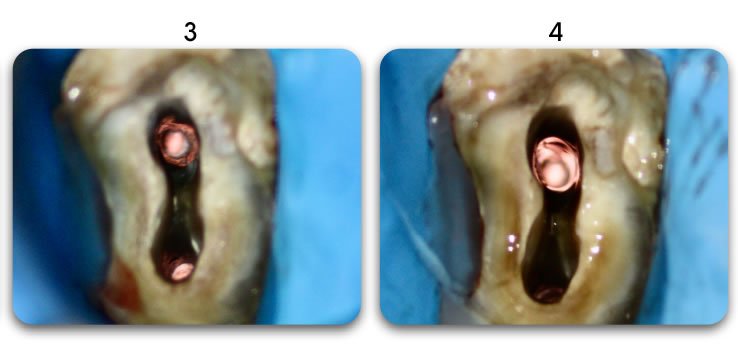 |
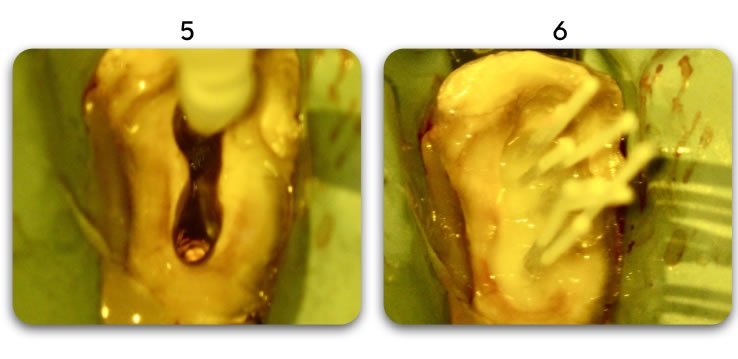 |  |
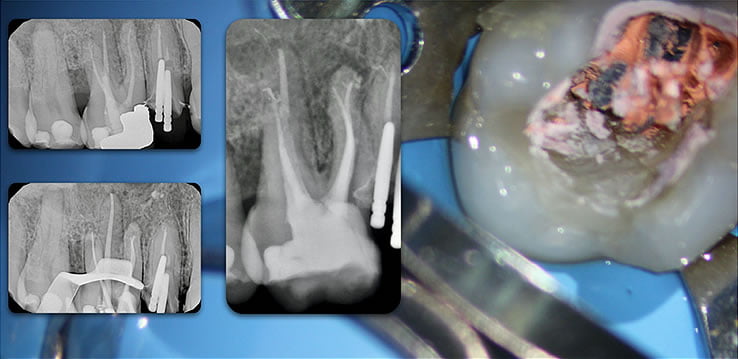 | 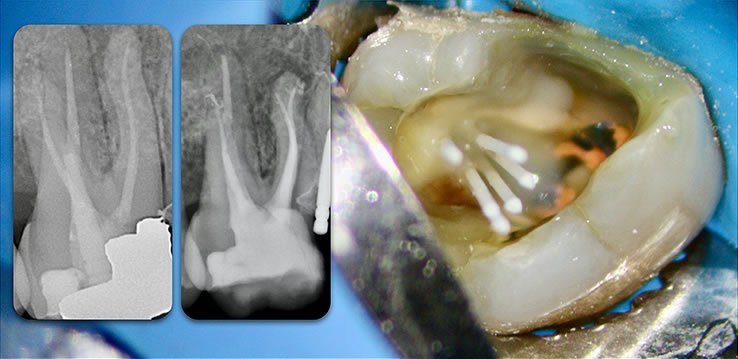 |
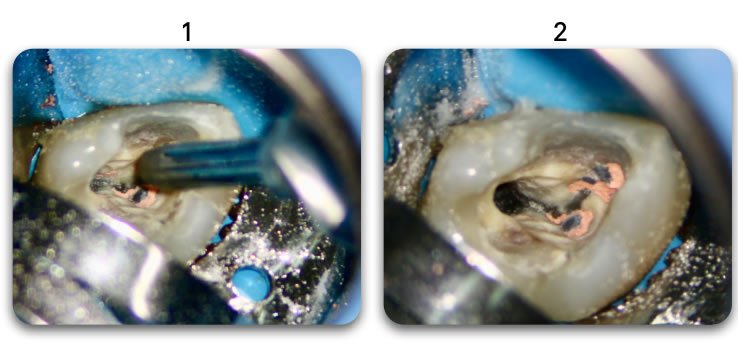 | 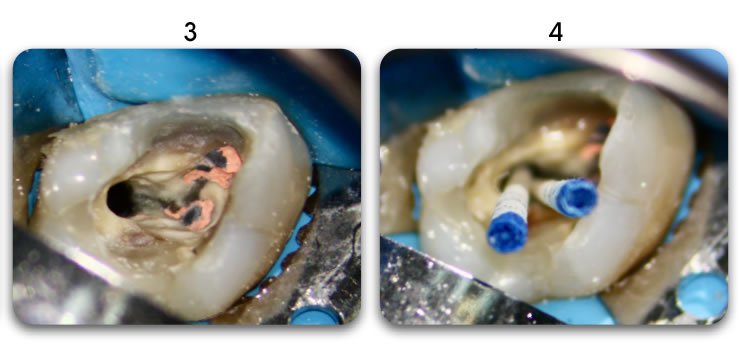 |
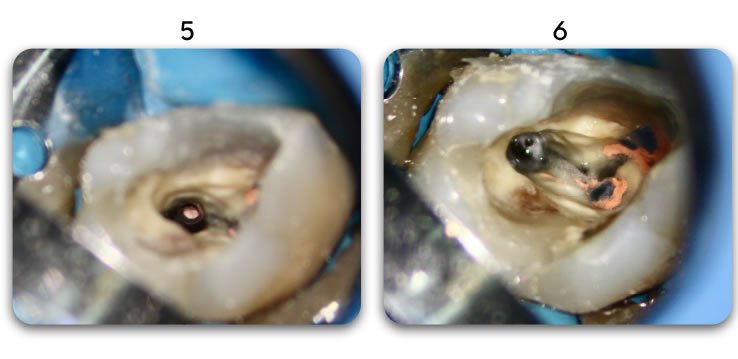 | 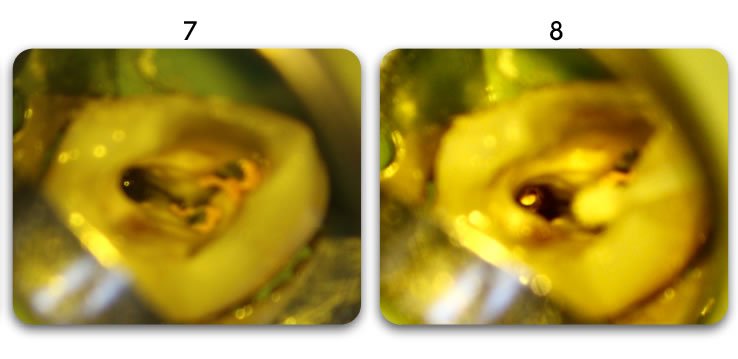 |
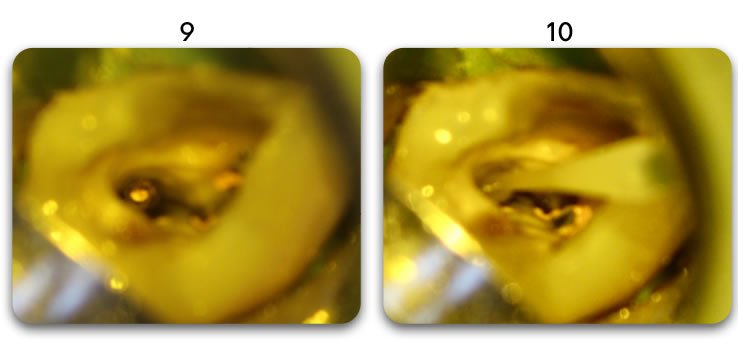 | 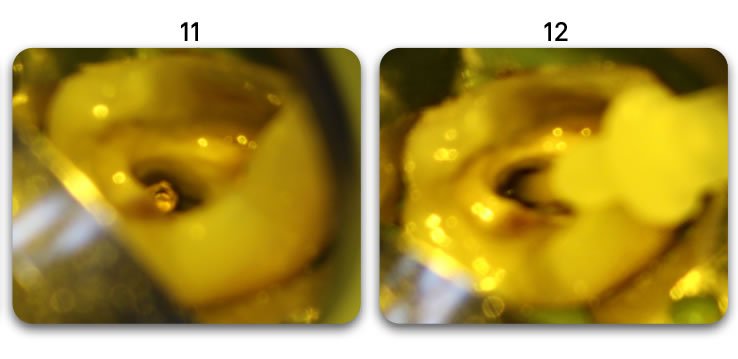 |
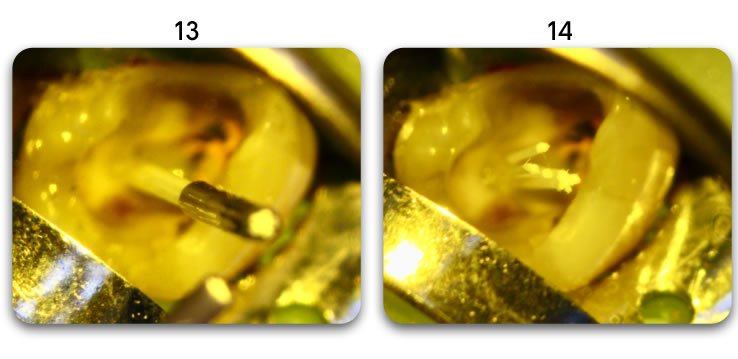 | 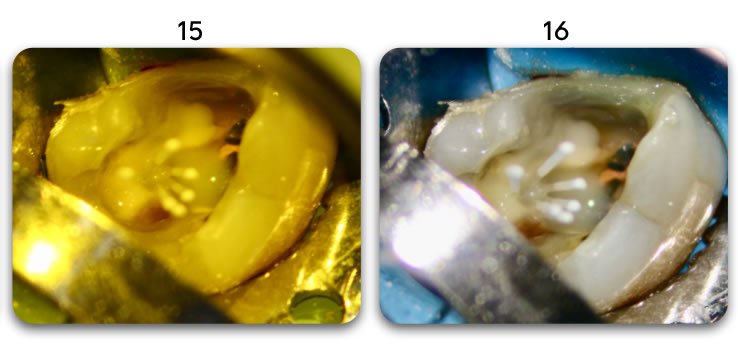 |
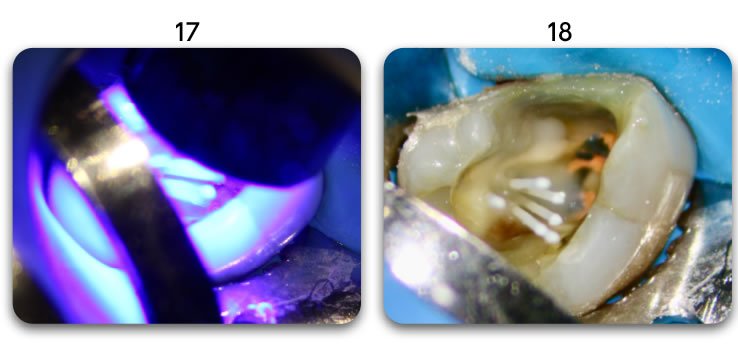 |  |
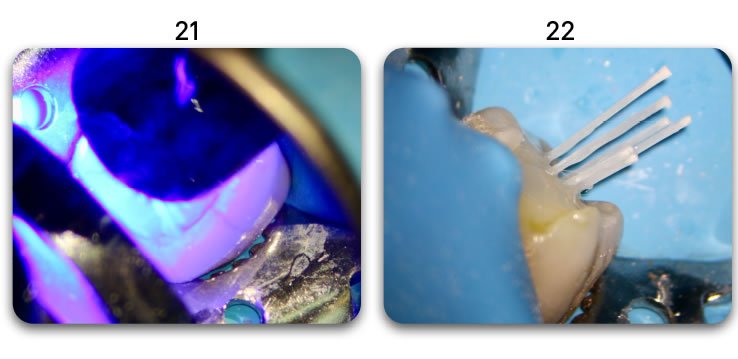 | 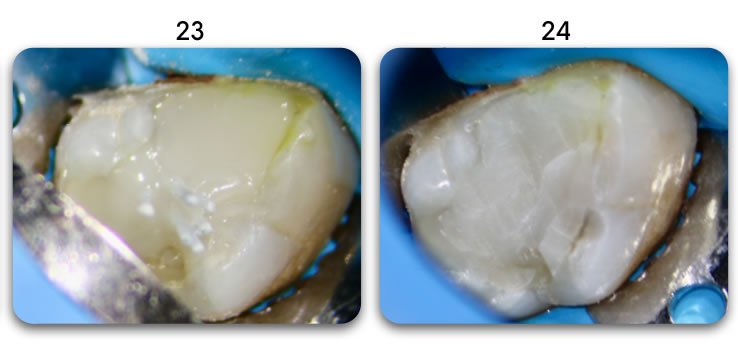 |
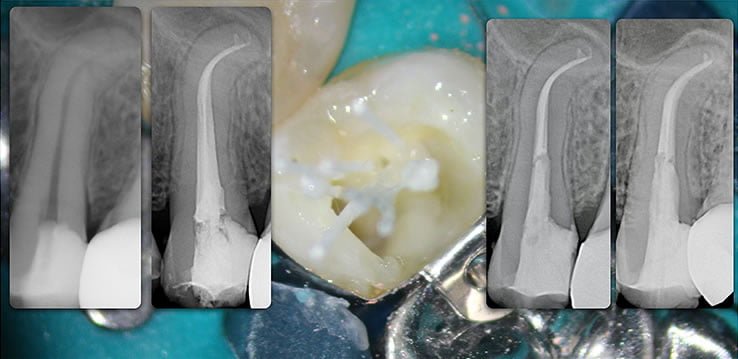 | 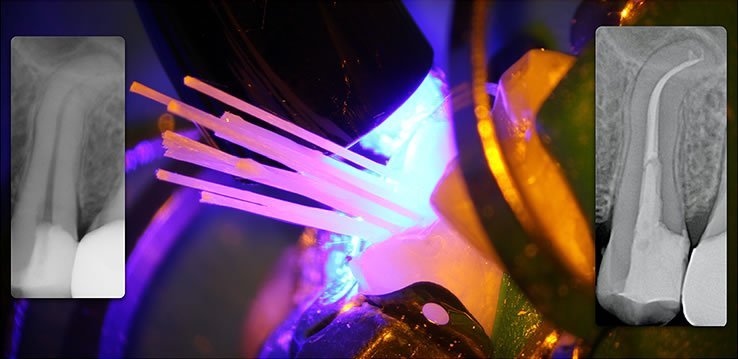 |
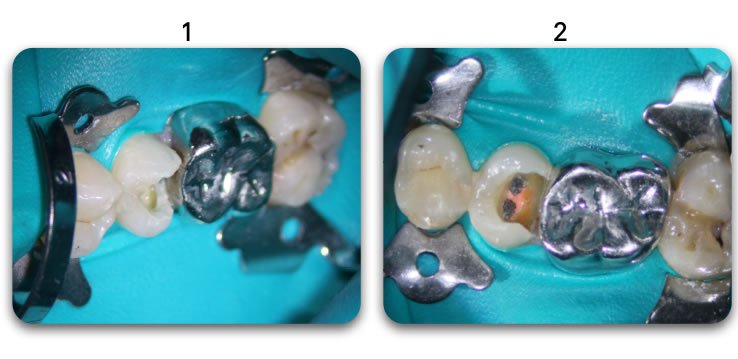 | 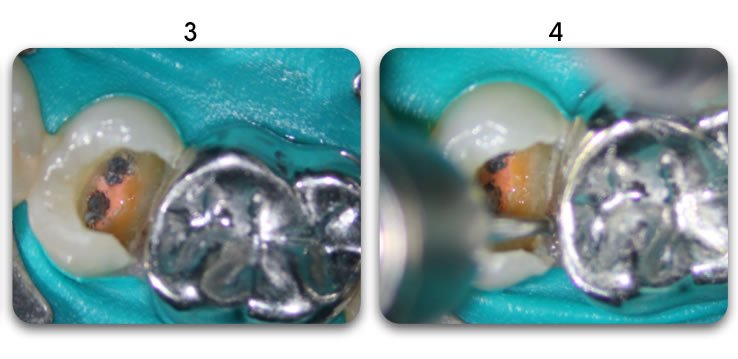 |
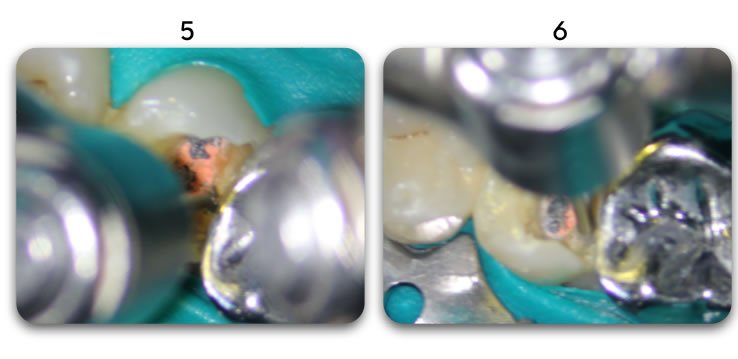 | 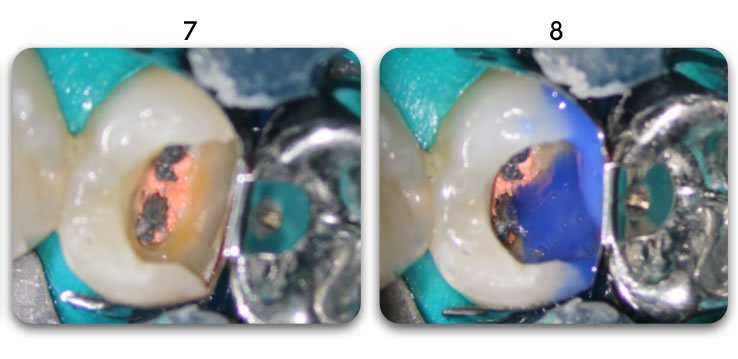 |
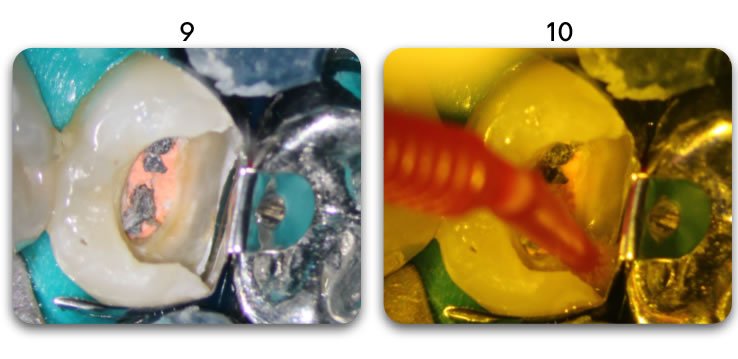 | 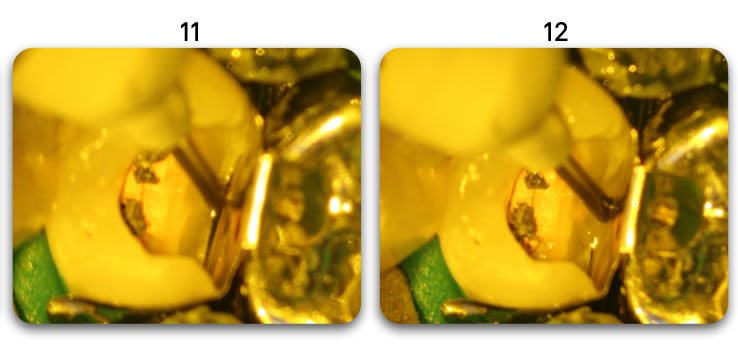 |
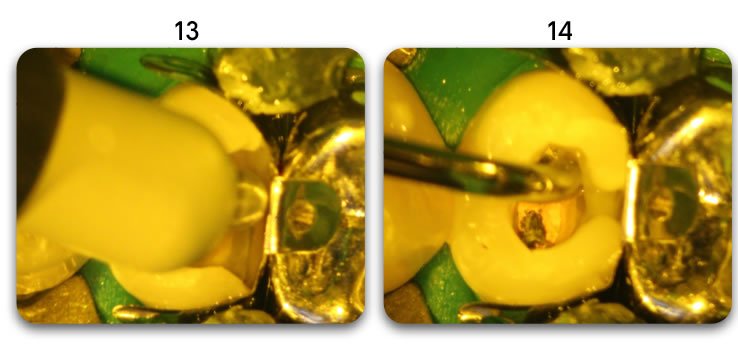 | 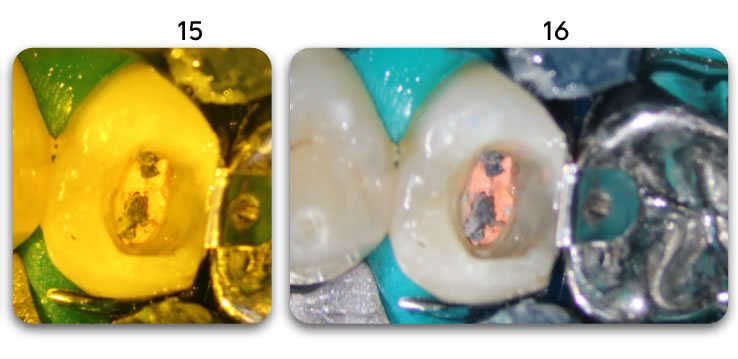 |
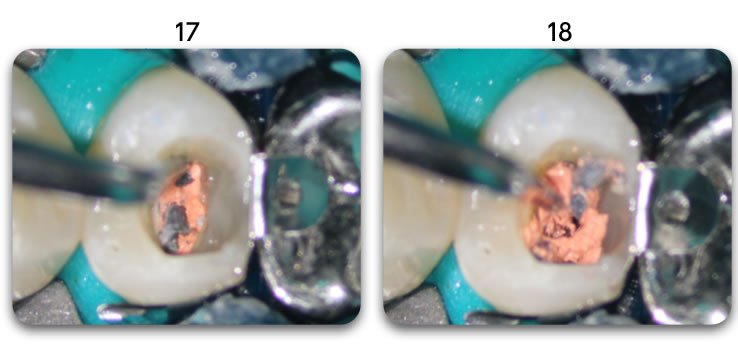 | 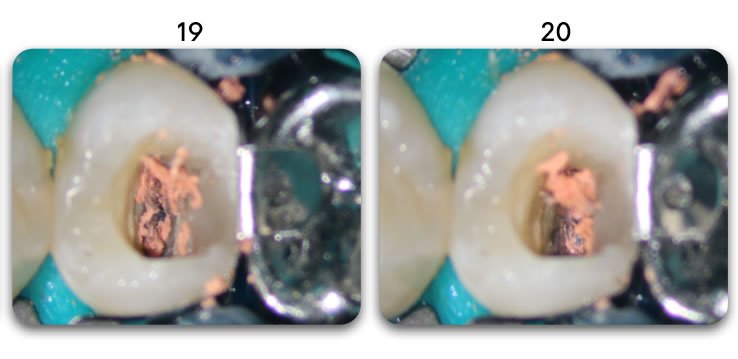 |
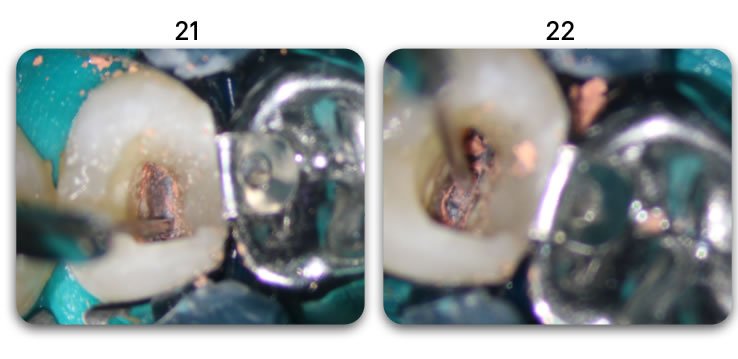 | 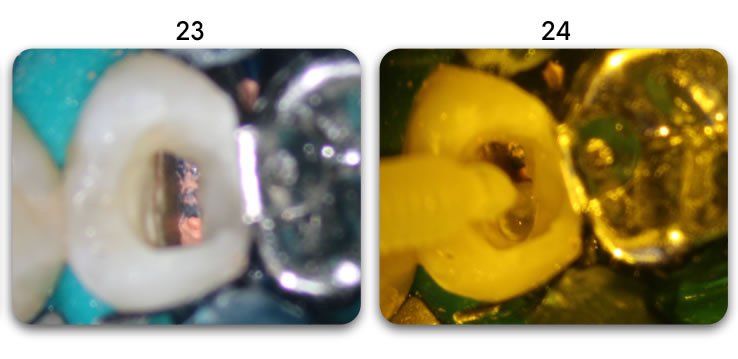 |
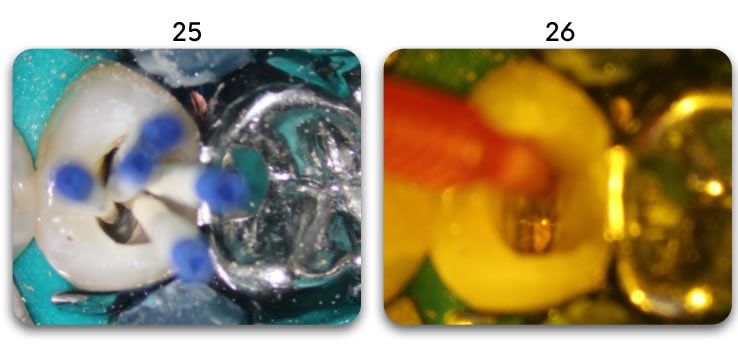 | 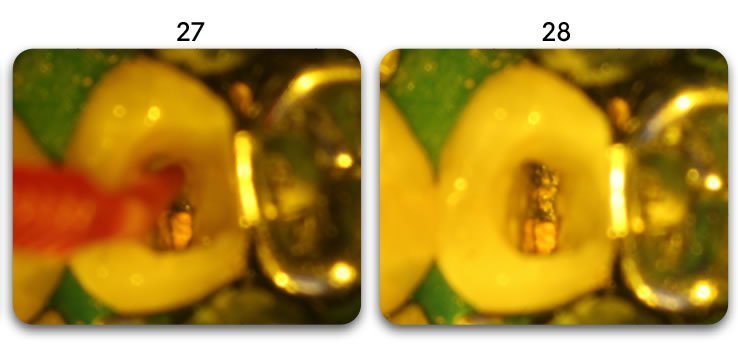 |
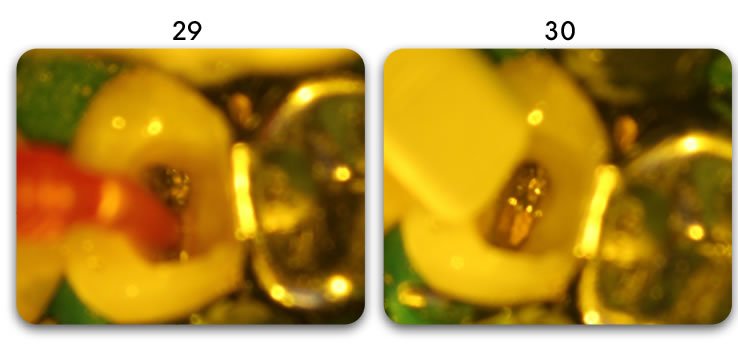 | 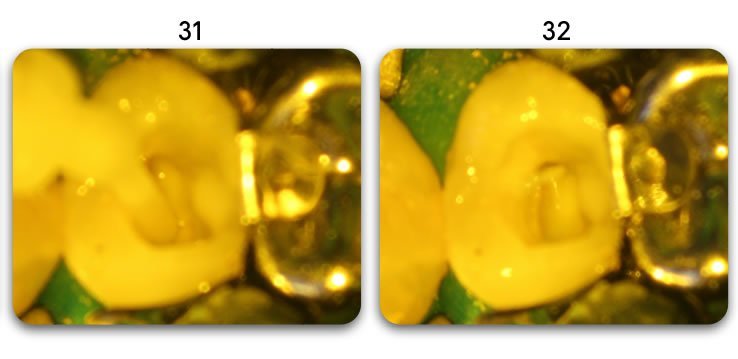 |
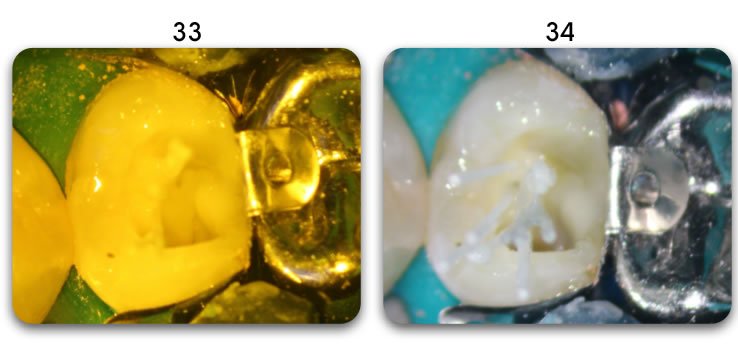 | 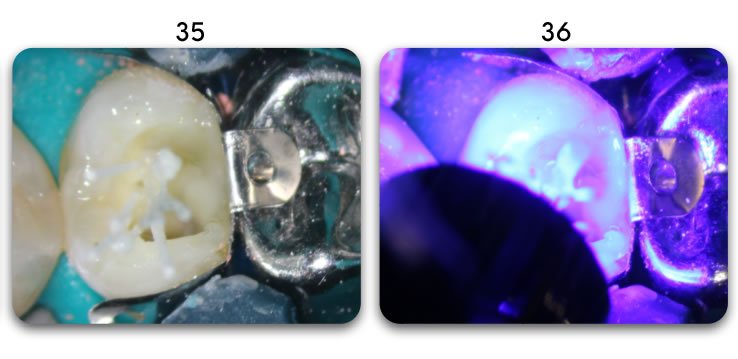 |
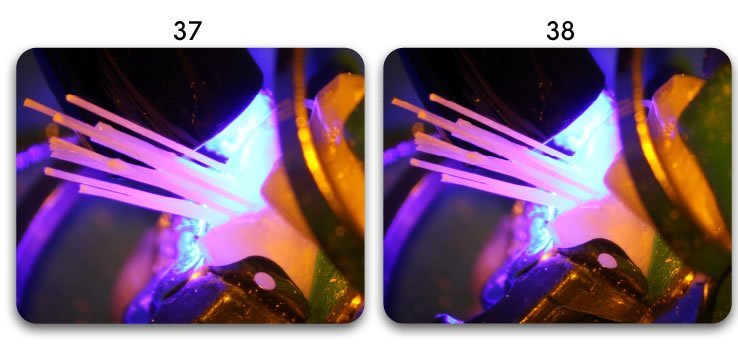 | 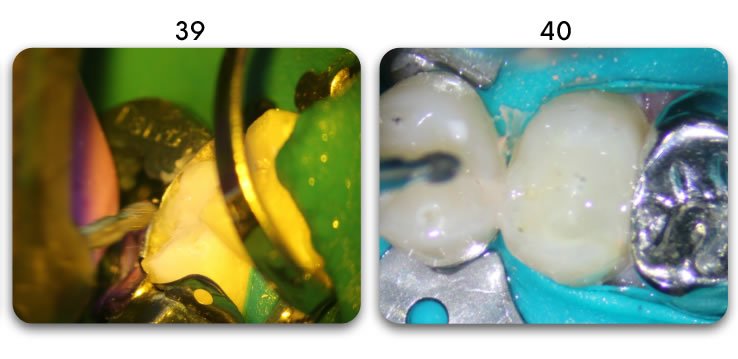 |
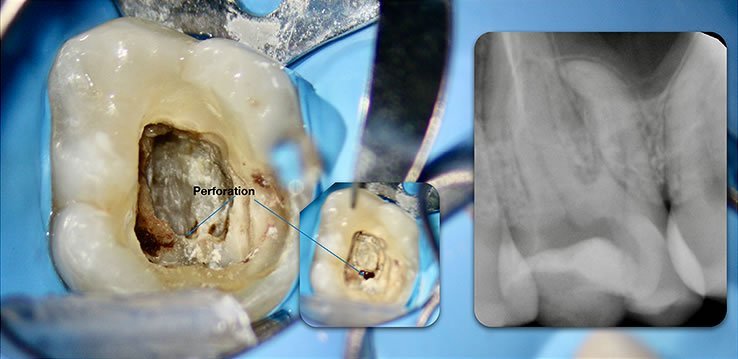 | 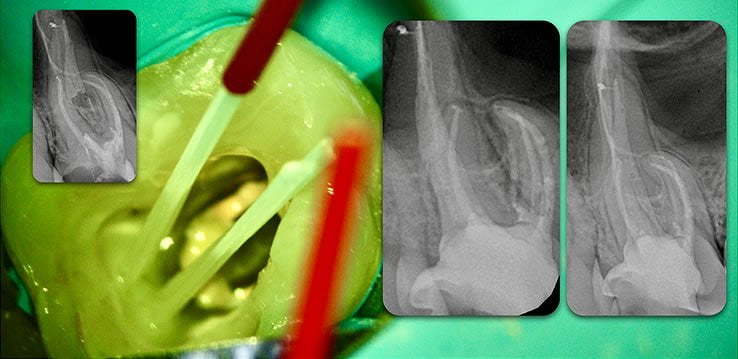 |
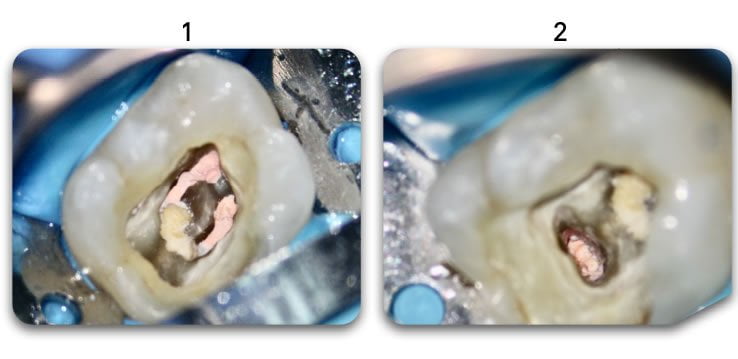 | 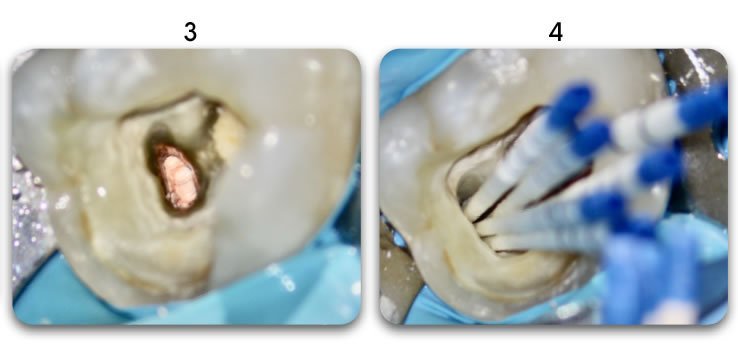 |
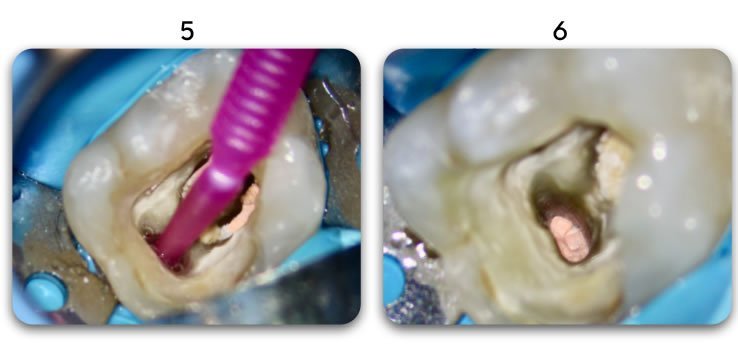 | 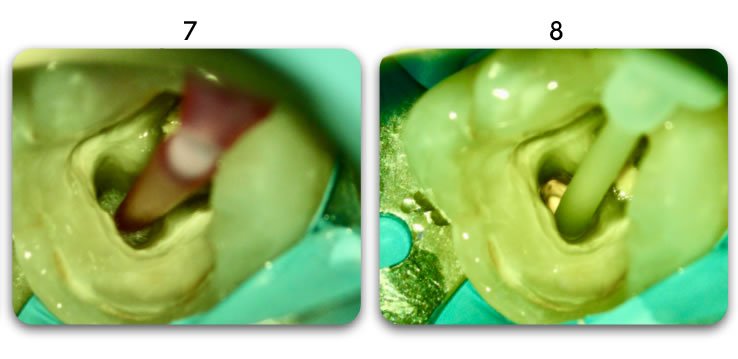 |
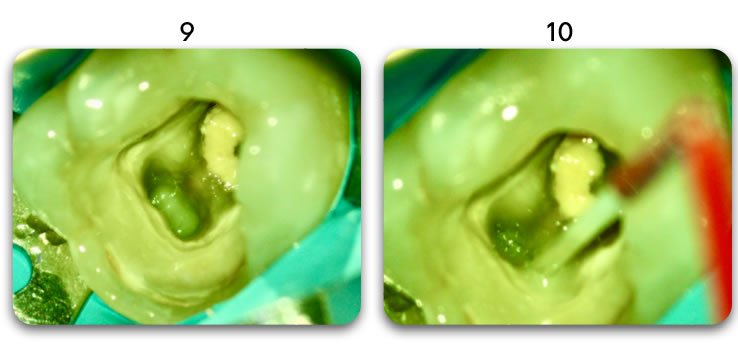 | 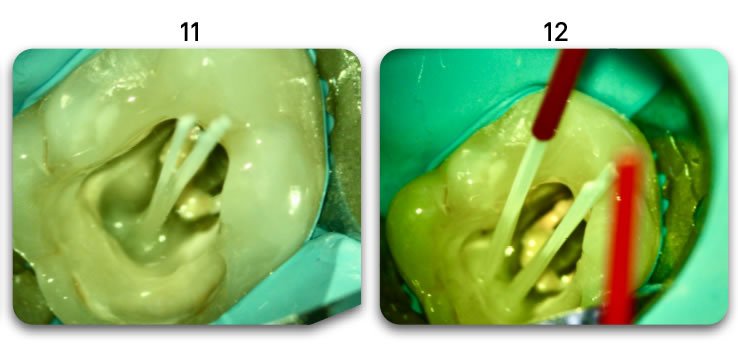 |
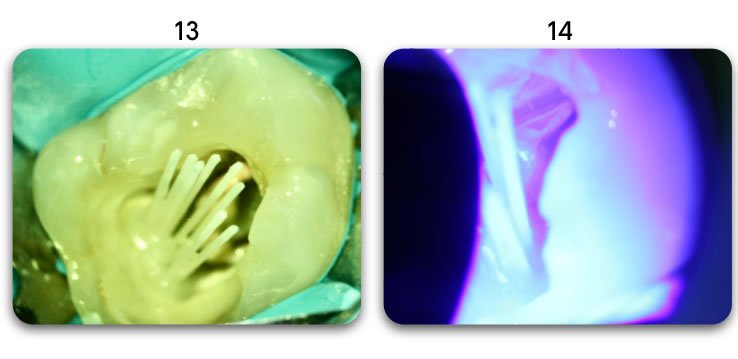 | 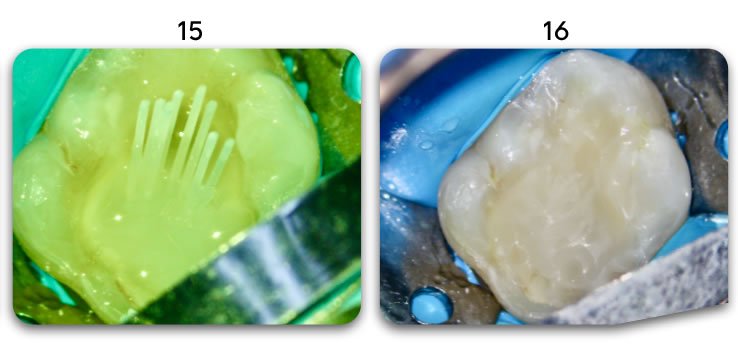 |
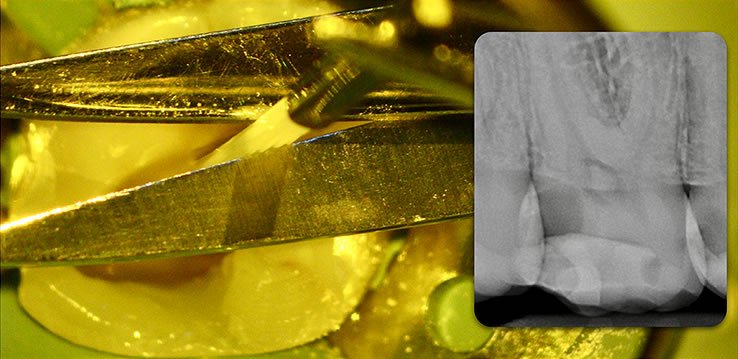 | 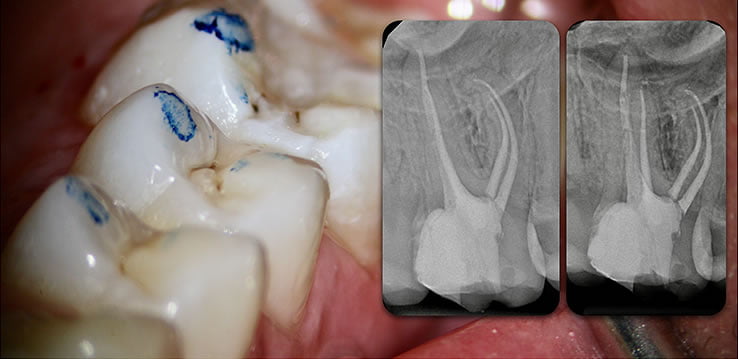 |
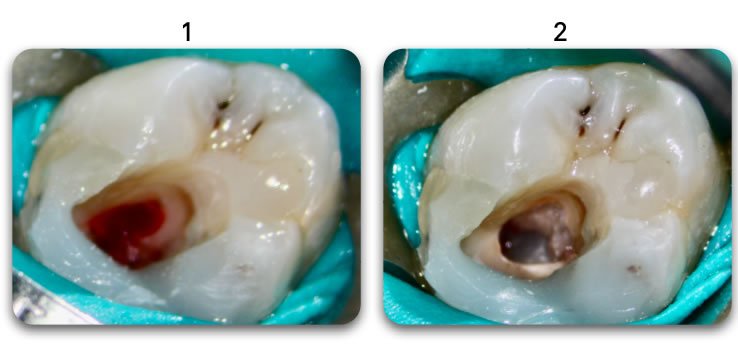 | 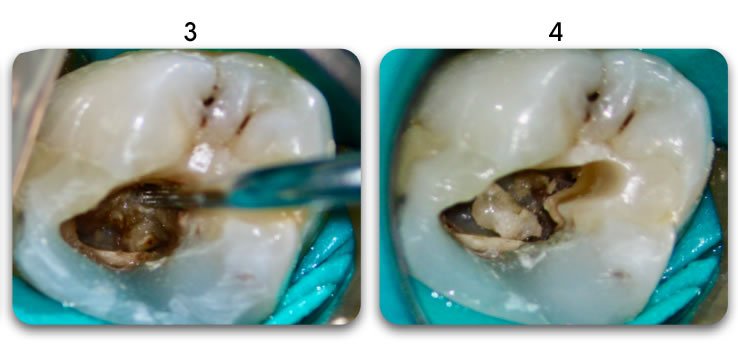 |
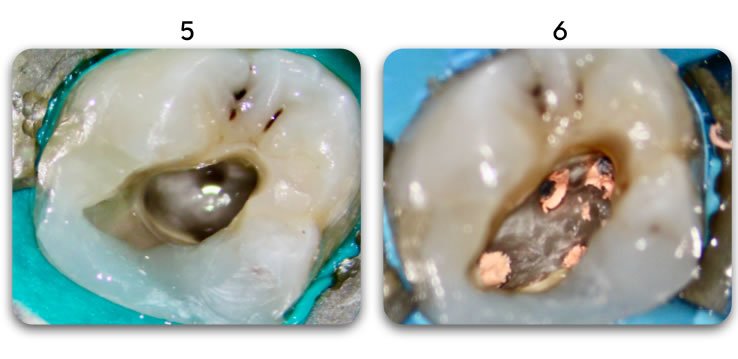 | 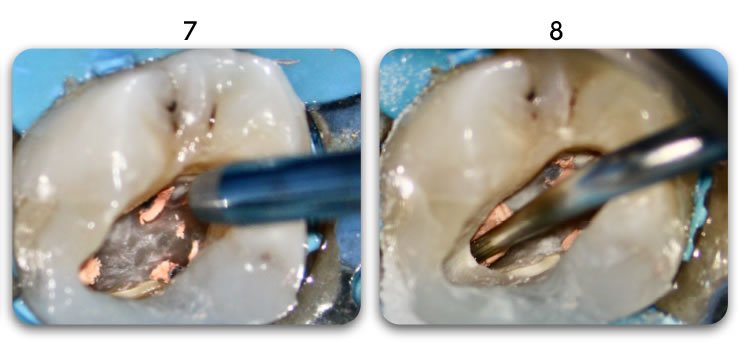 |
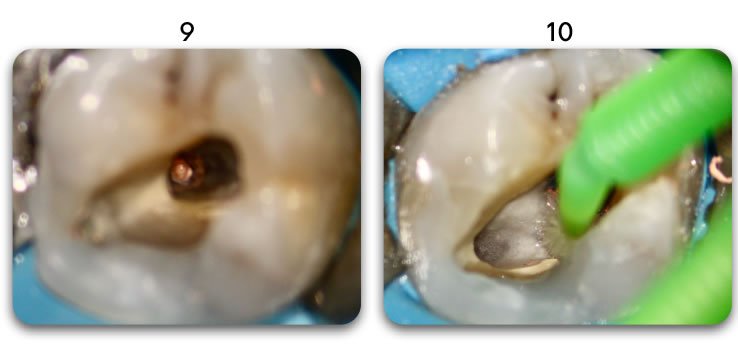 | 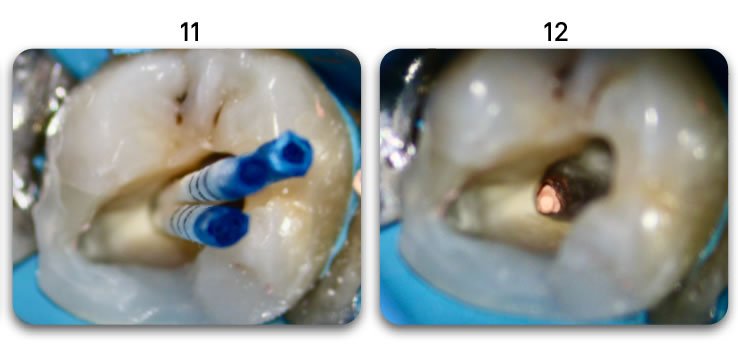 |
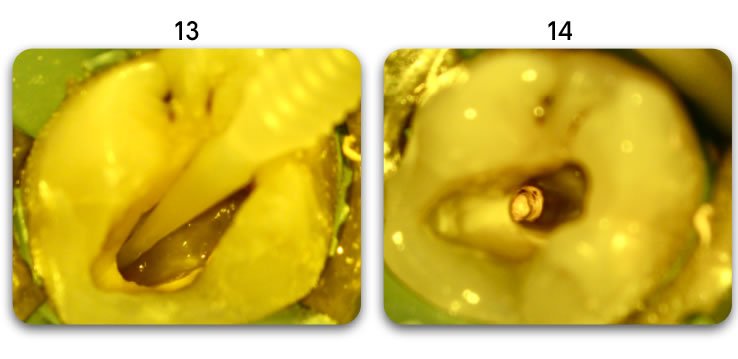 |  |
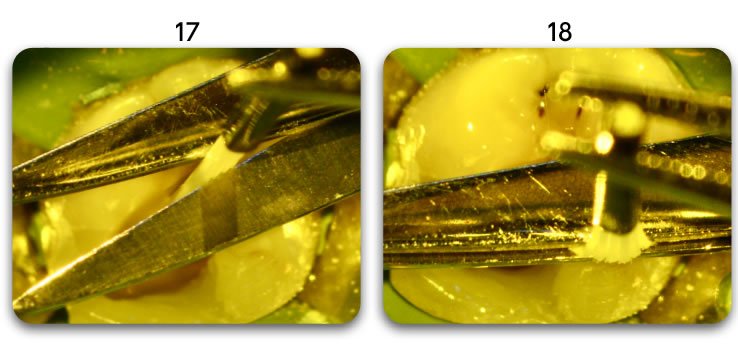 | 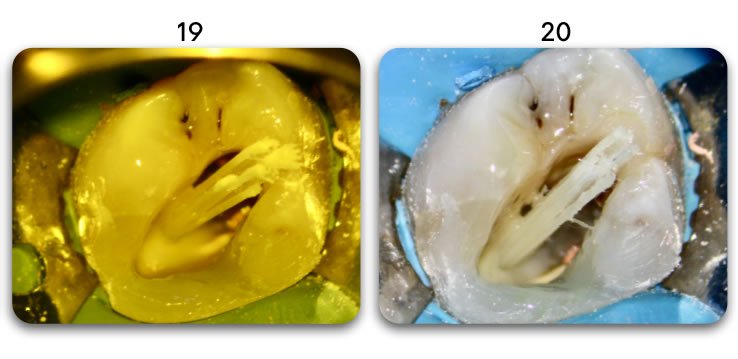 |
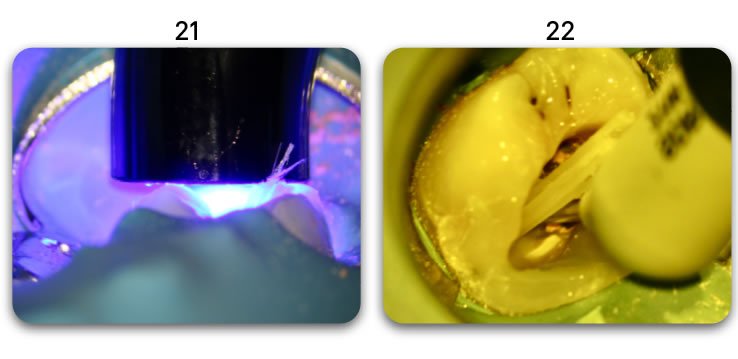 | 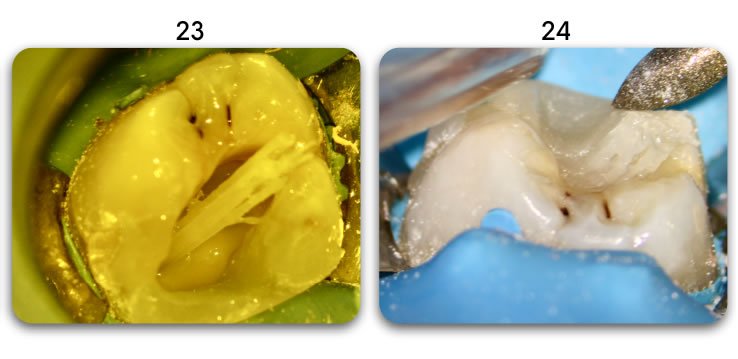 |
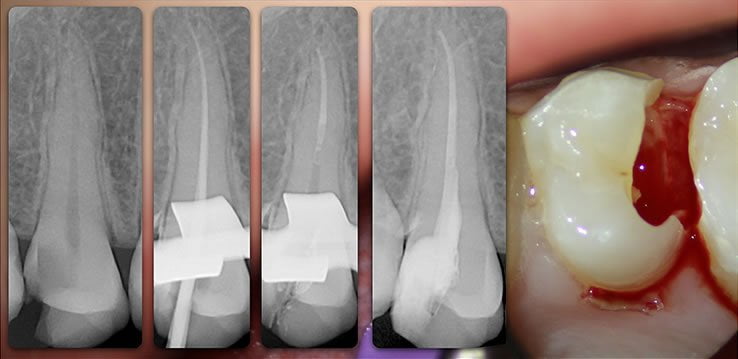 | 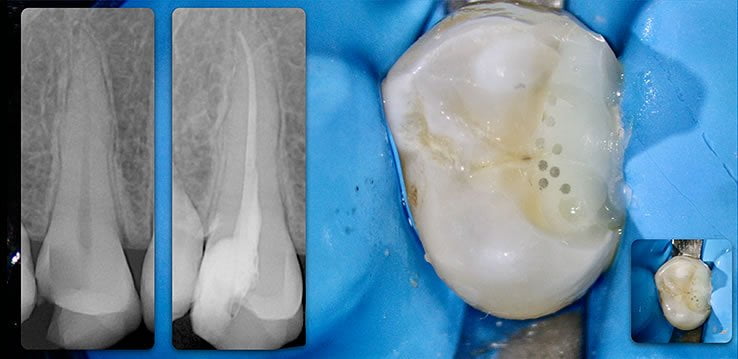 |
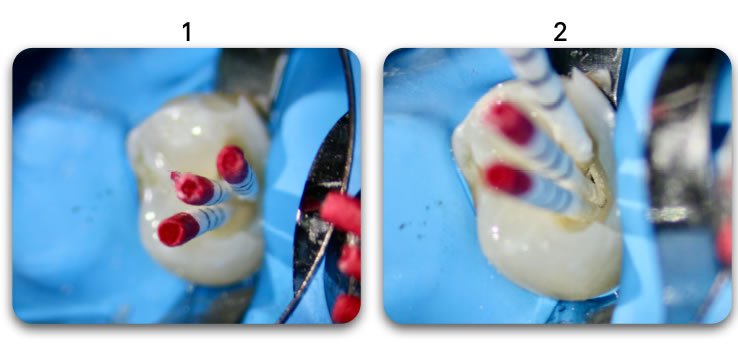 | 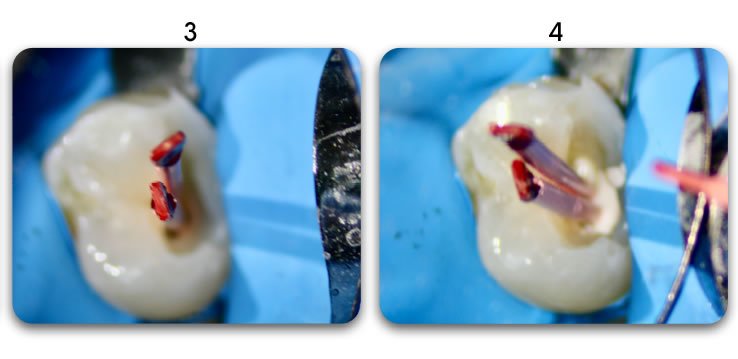 |
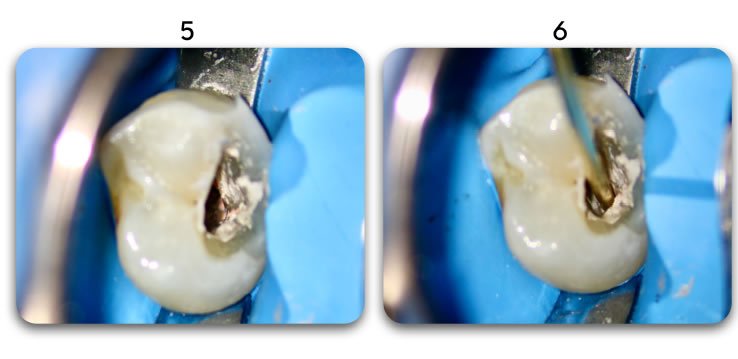 | 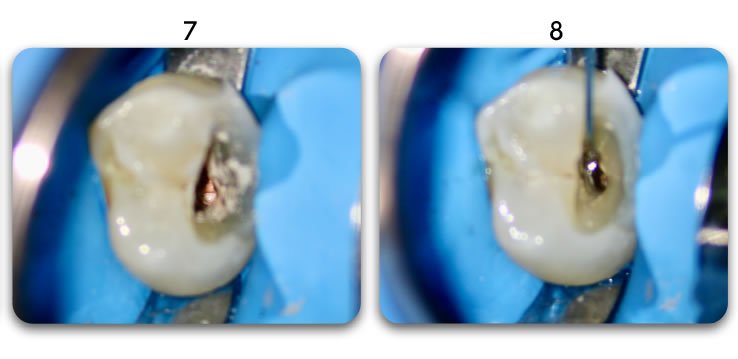 |
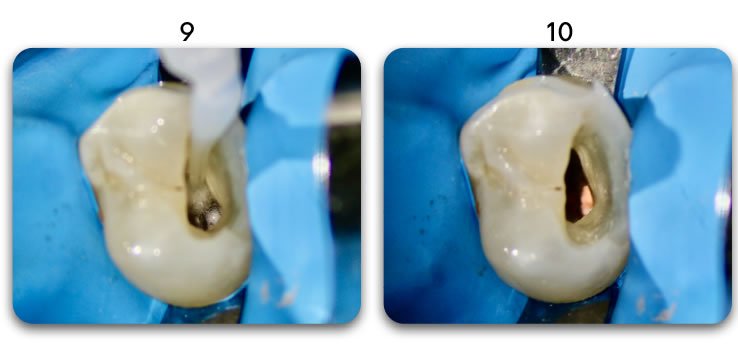 | 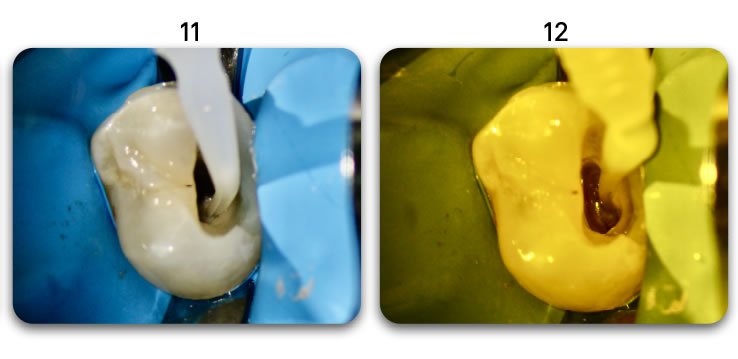 |
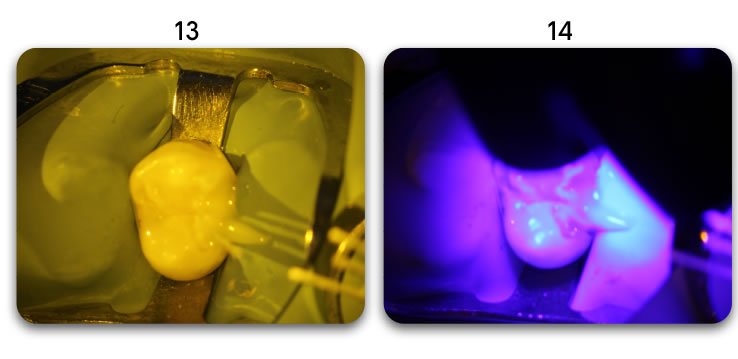 | 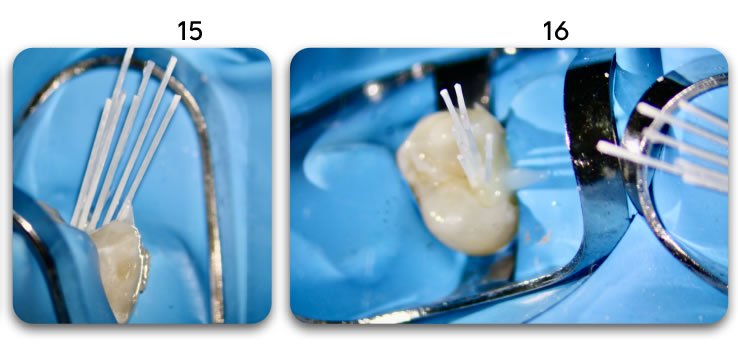 |
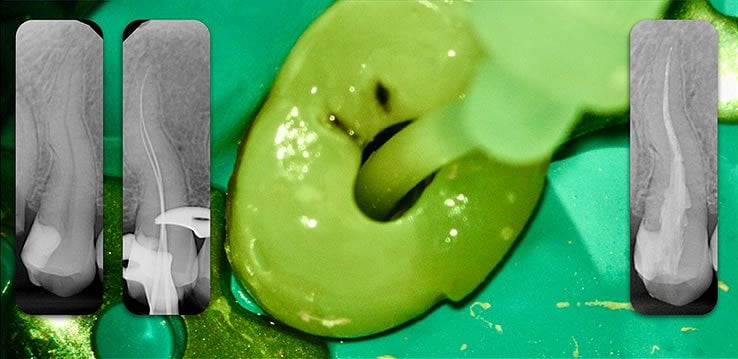 | 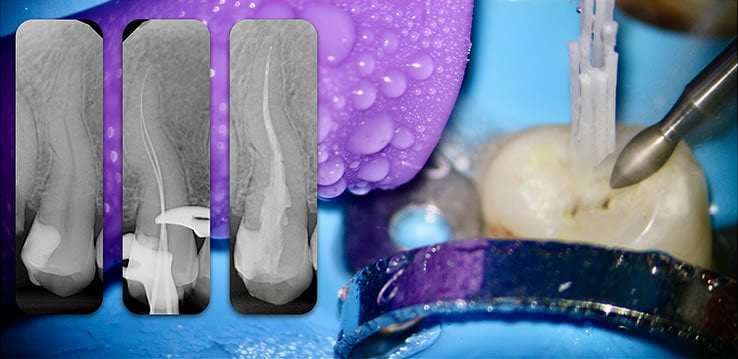 |
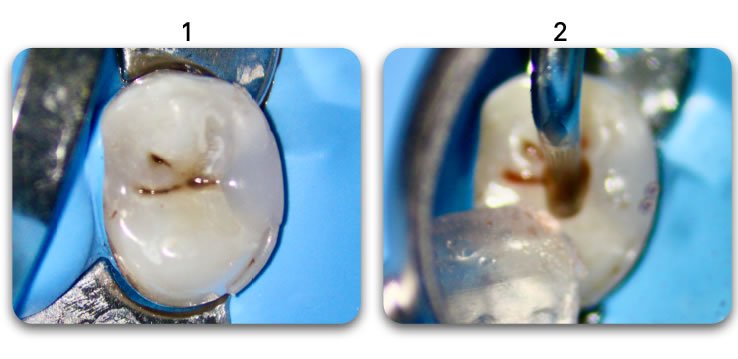 |  |
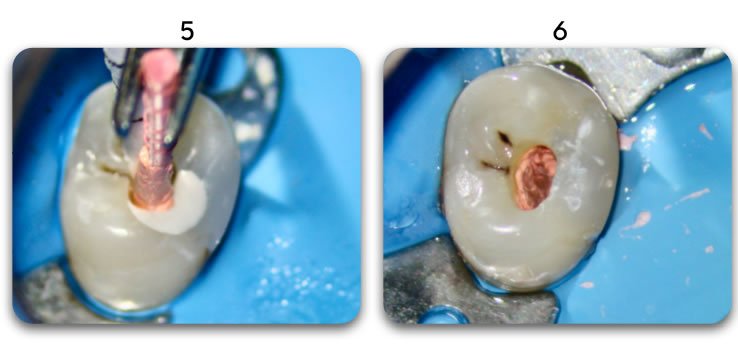 | 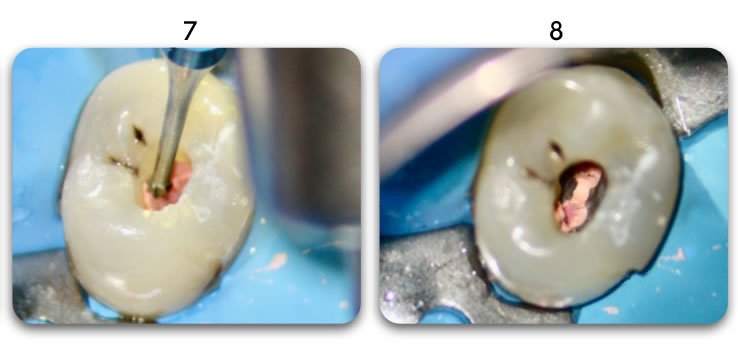 |
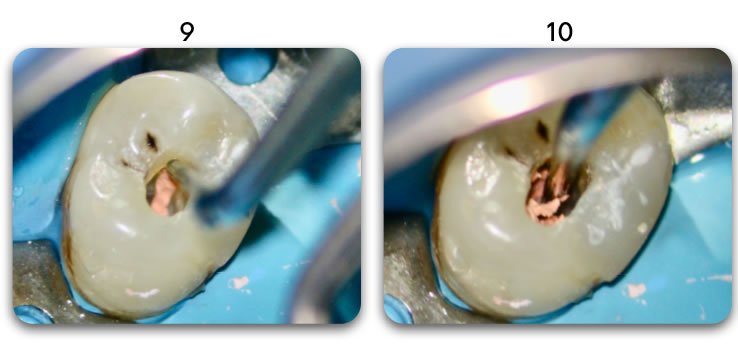 |  |
 | 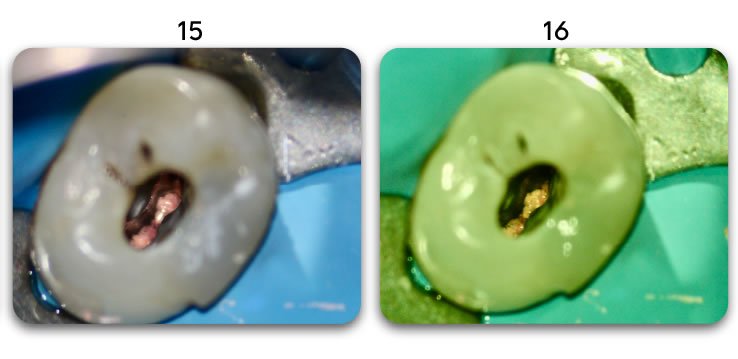 |
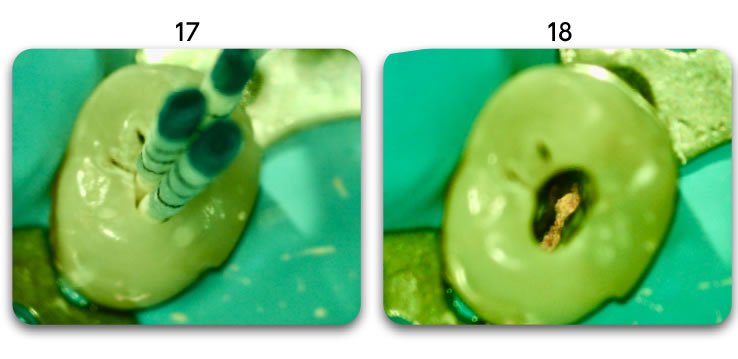 | 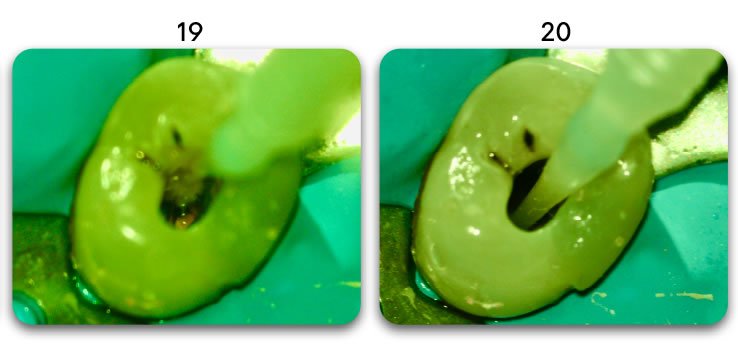 |
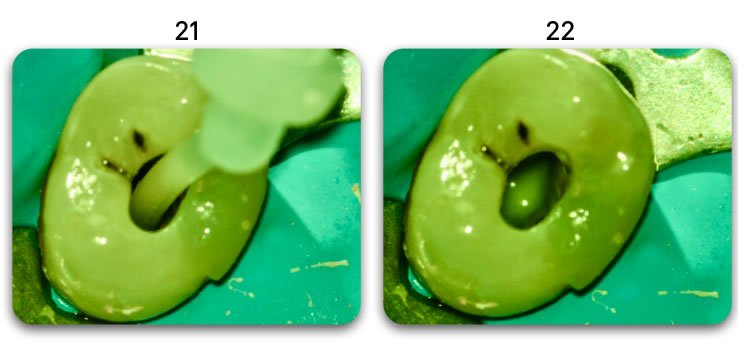 |  |
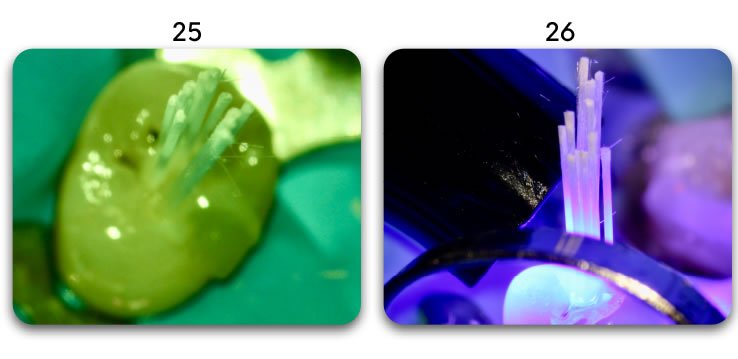 |  |
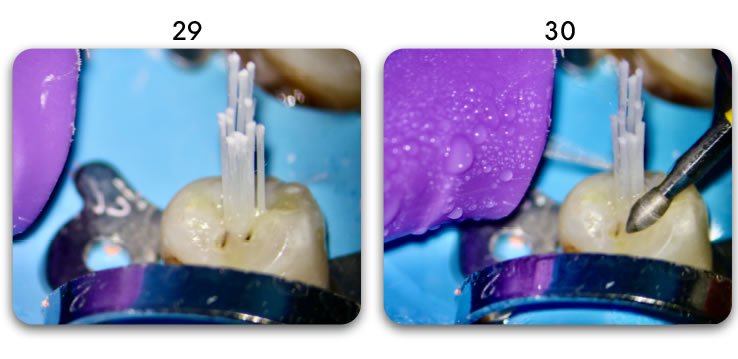 | 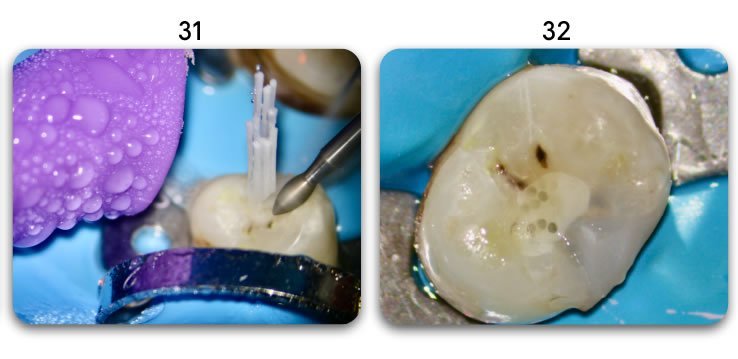 |
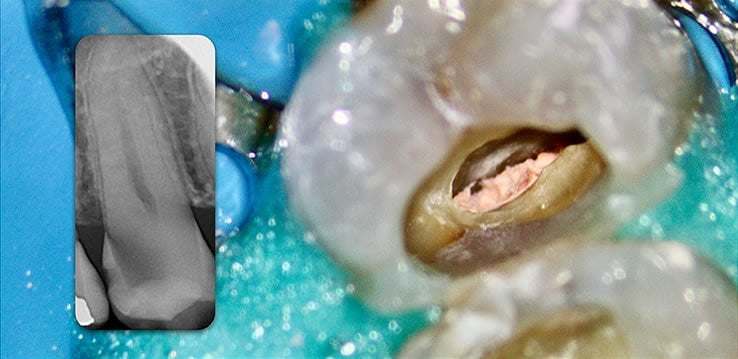 | 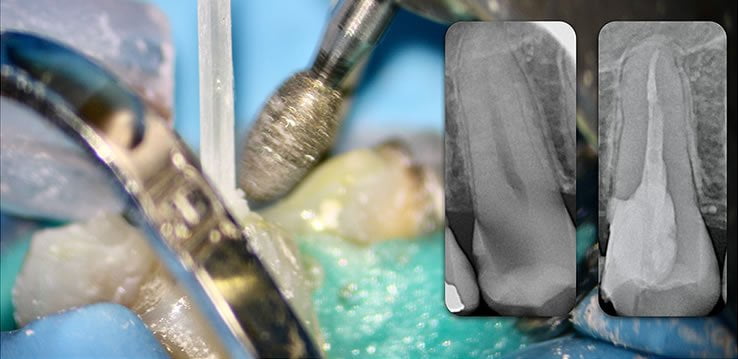 |
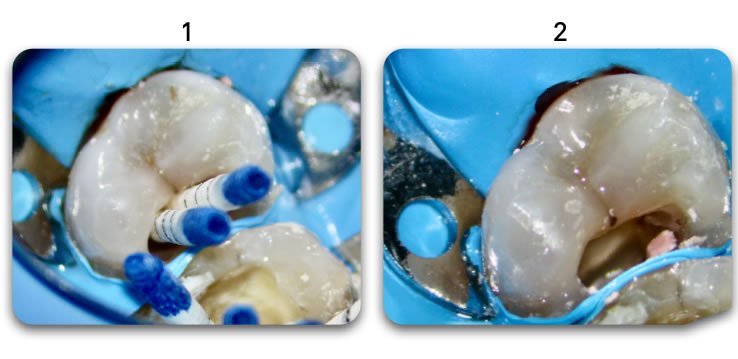 | 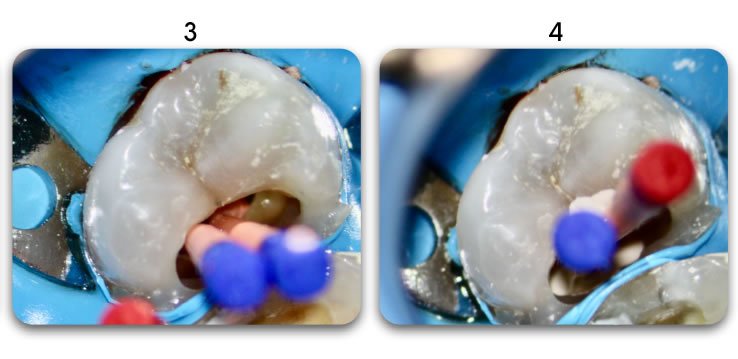 |
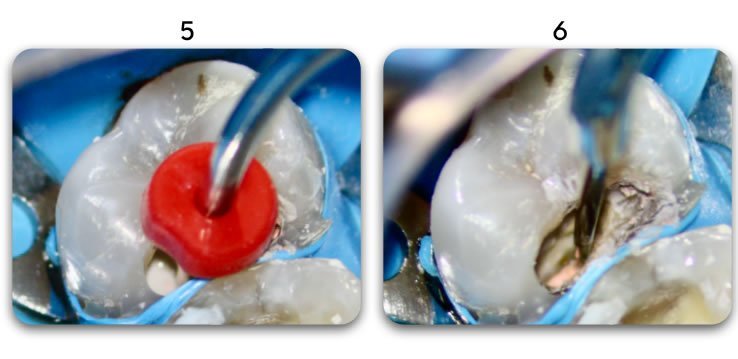 | 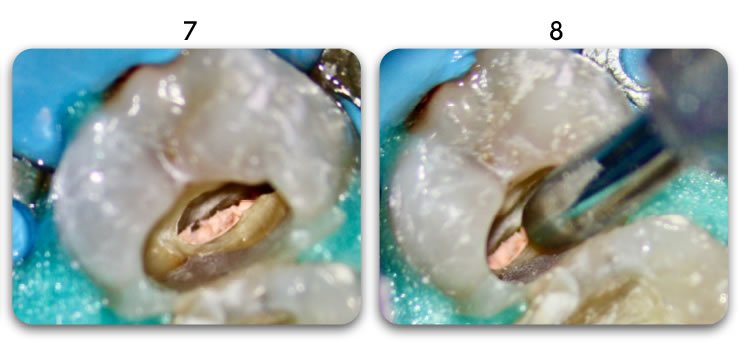 |
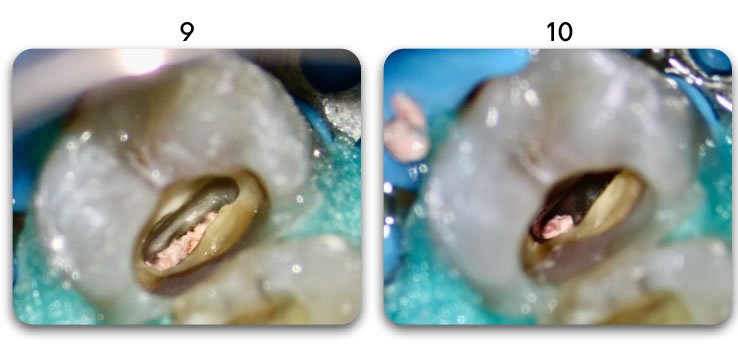 | 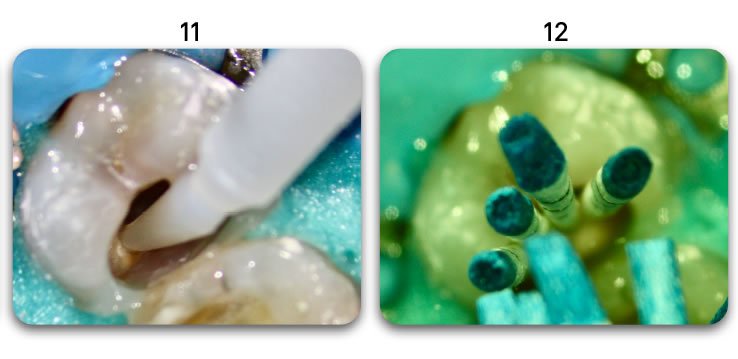 |
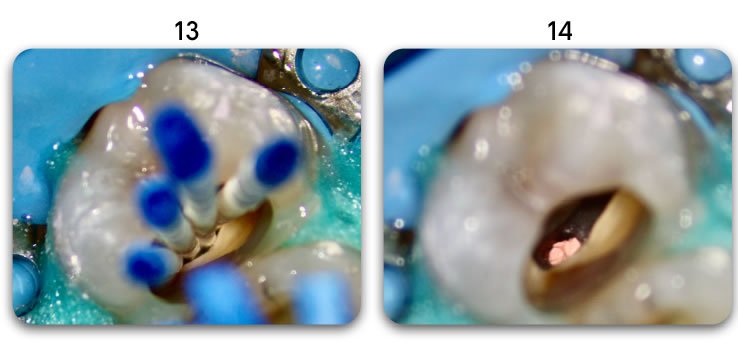 | 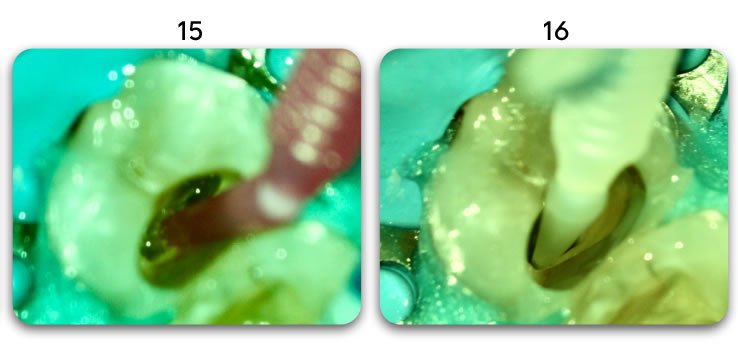 |
 |  |
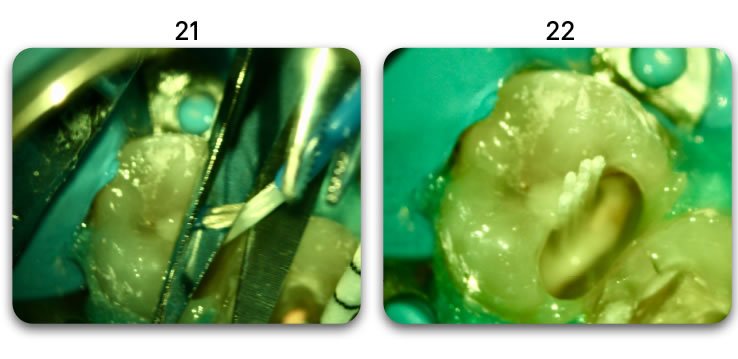 | 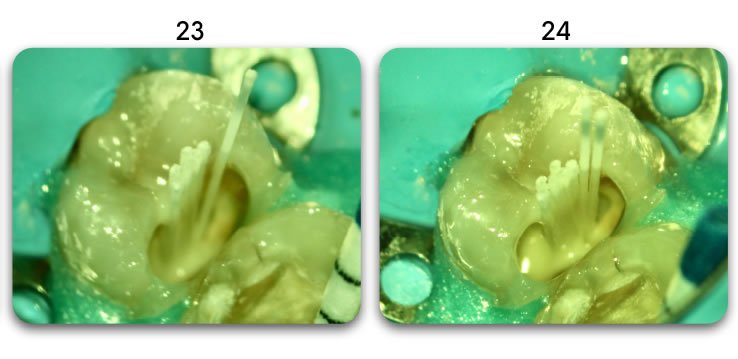 |
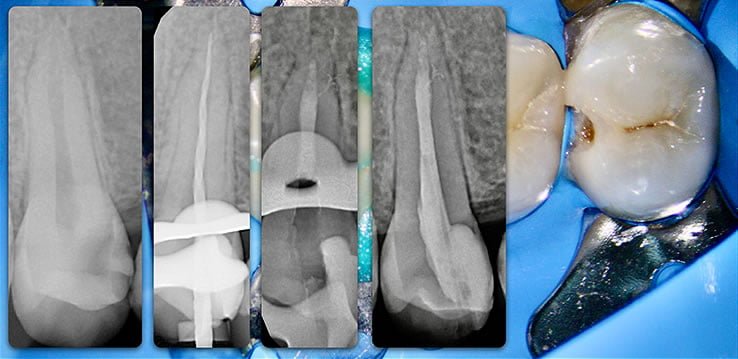 | 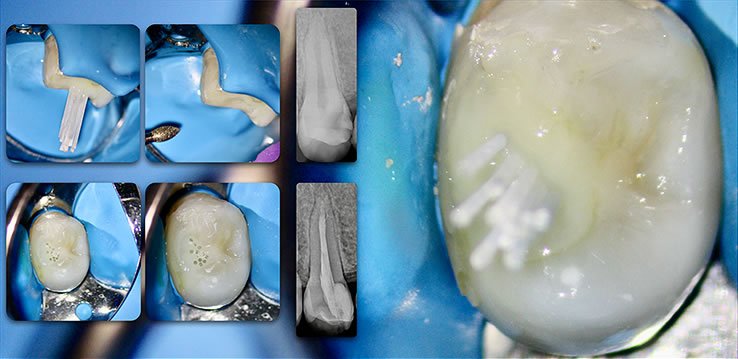 |
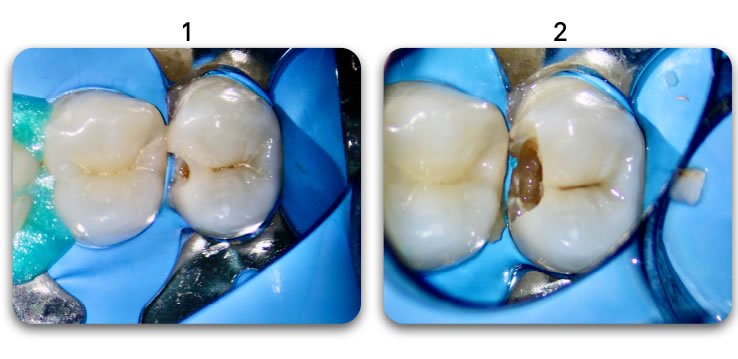 | 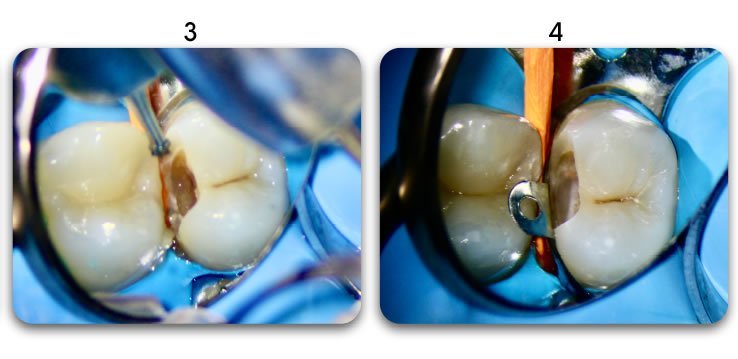 |
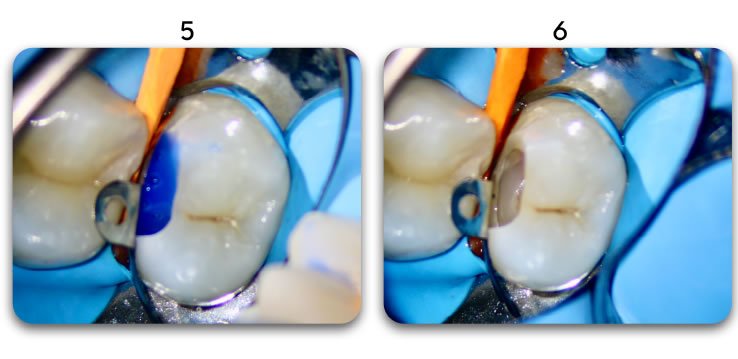 | 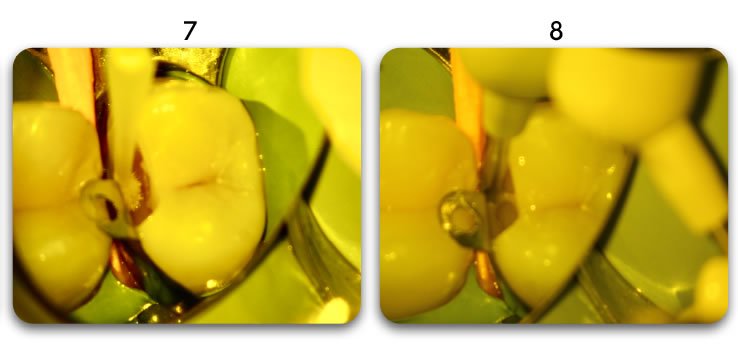 |
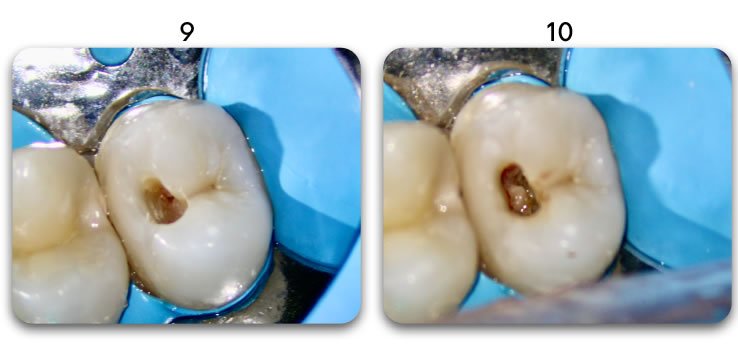 | 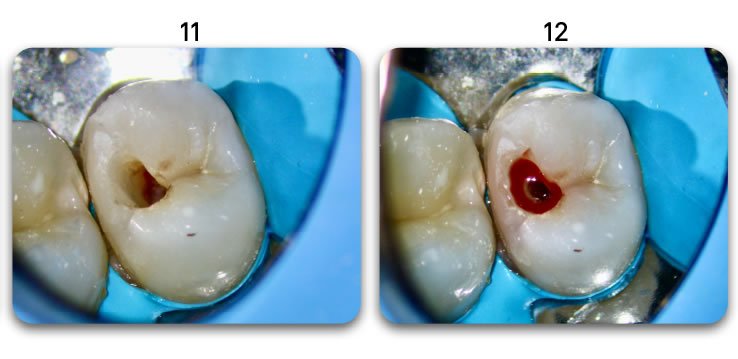 |
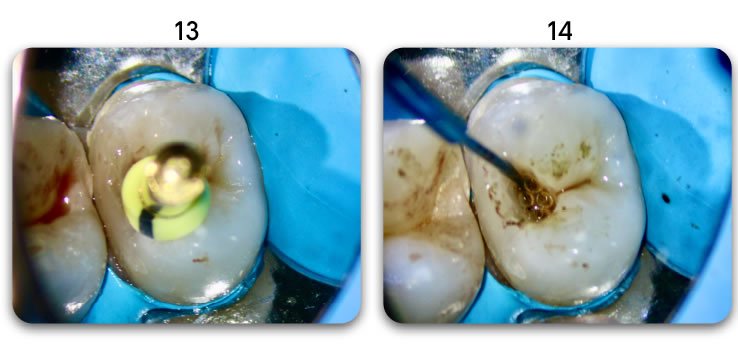 | 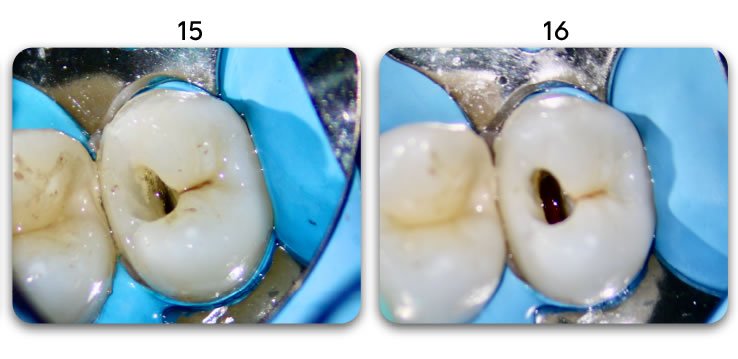 |
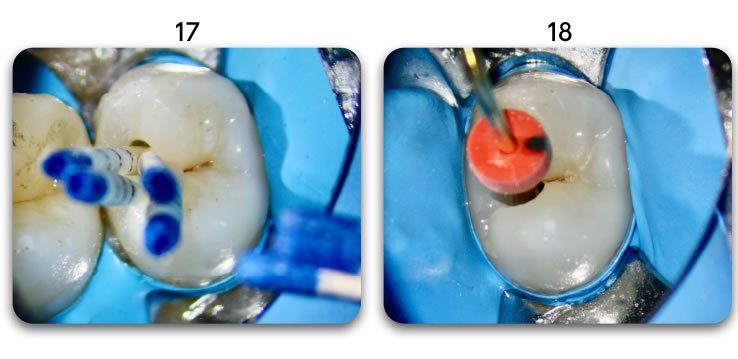 | 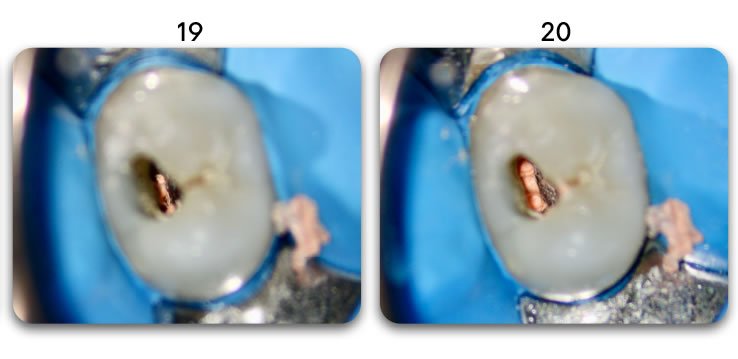 |
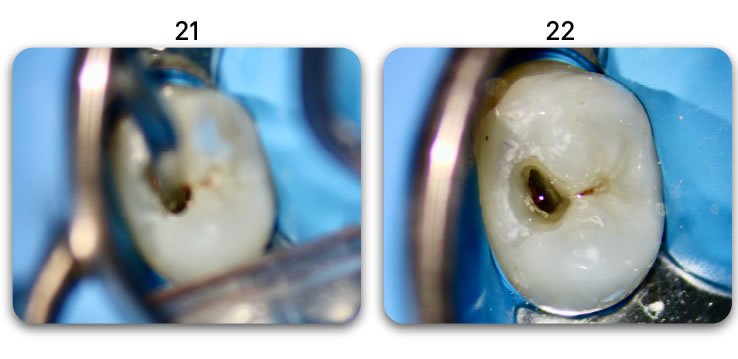 | 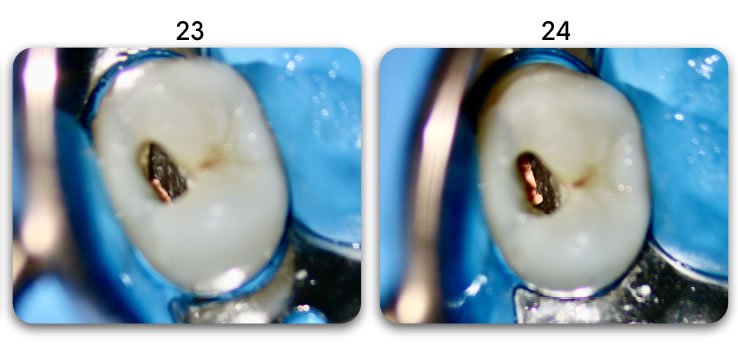 |
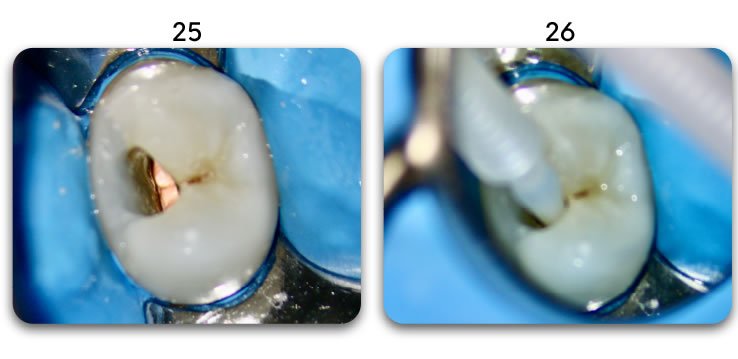 | 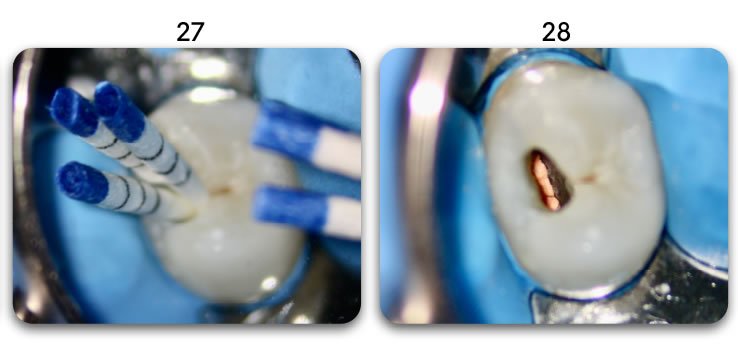 |
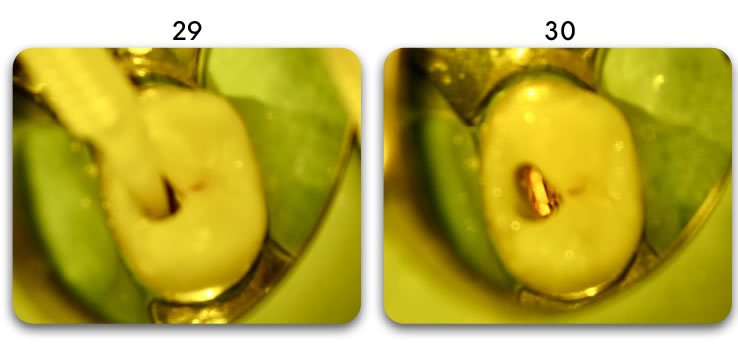 | 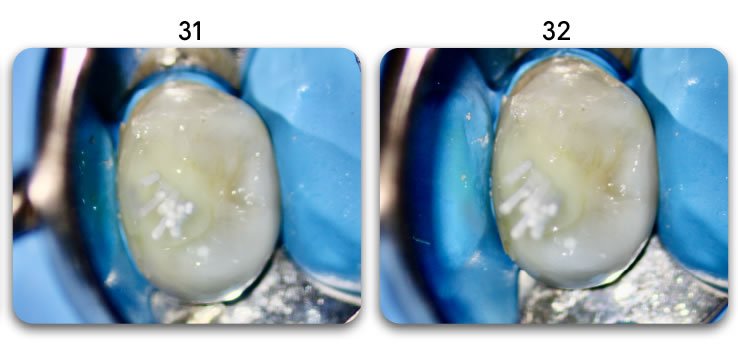 |
YES. Biolight® DRILL-FREE provides a solid, anatomical anchoring to remaining tooth structure. By arranging reinforcement towards the periphery of the canal walls, support of the core is improved. The concept is similar to how reinforcement steel rods and used in concrete structures, where many smaller rods are placed around the perimeter of the concrete. In addition, all risks associated with drilling are eliminated.
Biolight® DRILL-FREE posts are available in bundles of 4, 6, 9 and 12 strands. The post size is selected based on the width of the canal at the coronal area. Depending upon the canal width at the apical stop, a certain number of strands must be pushed to the stop. Both of the measurements are made with the assistance of a radiograph and the template that is included in the TRAINING KIT.
 |  |  |
YES. At first glance, Biolight® DRILL-FREE appears to be perfectly adapted for use in oblong canals, however, since the concept behind the product is to provide support around the periphery of the canal walls, it is ideal for ALL shapes of canals.

It is important to follow the steps in the instructional video. There is a procedure that will ensure predictable, bubble-free results (see 1:57 in the video).
The success of an endo-crown is limited to an ideal design and structure. Sufficient depth of anchorage is required, which will result in a more fragile tooth. In conjunction with a hard non-viscoelastic crown restorative material, high stresses will immediately and directly be transmitted to zones a) and b) below, which will cause irreparable fatigue fractures. In addition, there is no consensus on their use. It seems more prudent and conservative to use an established post and core technique, while using non-invasive posts, such as Biolight® DRILL-FREE.
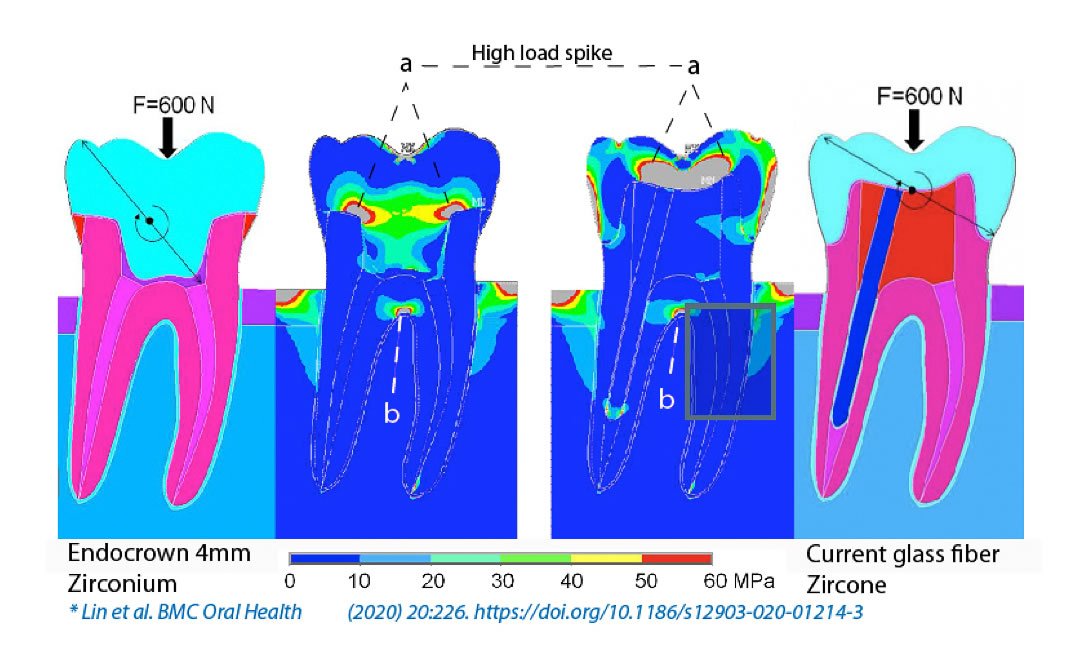
As, change is sometimes stressful, we created a Biolight® DRILL-FREE TRAINING KIT that will allow you to place 3 posts on the provided model, prior to doing real cases. You will quickly realize that the procedure is fast and easy. There are also videos, pictures, documentation, and specialised technical support team to help you with any requests you have.
In North America, Biolight® DRILL-FREE is sold by Synca. Synca offers several methods of assistance to clinicians. The Synca web site contains useful information, including tutorial videos. Synca regularly schedules on-line courses, to help new users familiarize themselves with the product and technique. There’s also a Facebook group where clinicians can exchange questions and post cases.
There are plans in the near future for a Chat system on Synca’s web site where you can ask questions, or you can email a question.
Several types of post and endodontic failures are possible with post and core restorations:
- Cohesive failure. Adhesive is visible on both surfaces that has separated. Probable cause is adhesive selection of application.
- Adhesive failure. Adhesive has de-bonded from one of the surfaces. Probable cause is improper preparation of that surface.
- Cohesive and adhesive failure. Combination of both.
- Structural failure. Post has fractured and will need to be removed.
- Endodontic failure. Post will need to be removed for further root canal treatment.
Post removal process:
Use a small round of flame shaped diamond bur to drill in the center of the canal to allow for insertion of a coarse grit ultrasonic tip that will remove remaining cement and post strands.
Viscoelasticity is an important physical property of fiber-reinforced composite (FRC). It exhibits both viscous and elastic characteristics when undergoing deformation. When a stress is applied to a viscoelastic material, such as FRC, parts of its long polymer chain deforms. The FRC remains a solid material while under this stress load, even though parts of their chain are rearranging. This minimizes the immediate load spike. When the original stress is taken away, the removal of the stress will cause the composite to return to its original form.
These shock-absorbing properties of Biolight® DRILL-FREE and non-invasive technology (no drilling) will protect the tooth from irreparable fractures.
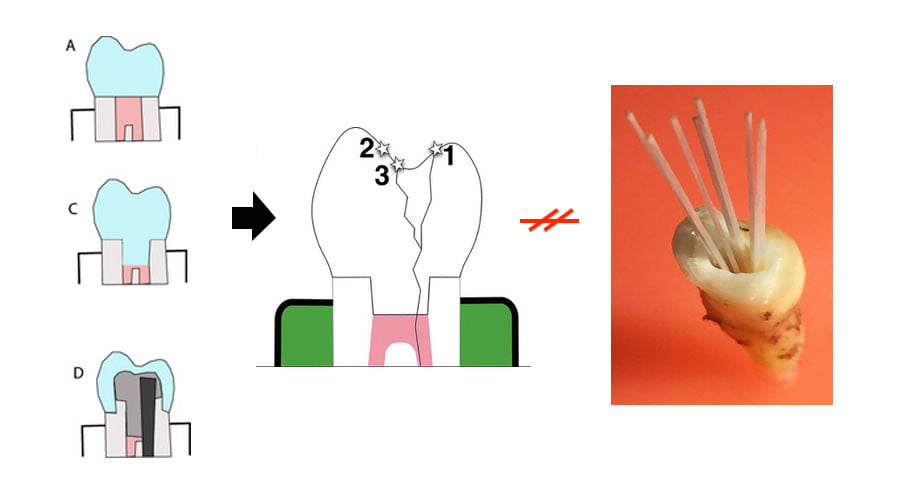
“The utilization of multiple posts in the weakened root canal provides better fracture resistance in both anterior and posterior regions.”
“ETT restored with multiple FRC posts yielded substantially higher fracture resistance than the single FRC restored teeth.”
The Effect of Intra-radicular Multiple Fiber and Cast Posts on the Fracture Resistance of Endodontically Treated Teeth with Wide Root Canals. Satheesh B. Haralur, Maram Awdah Al Ahmari, Safeyah Abdurrahman AlQarni, and Mashael Khaled Althobati. Biomed Research Intl, 2018-Aug.
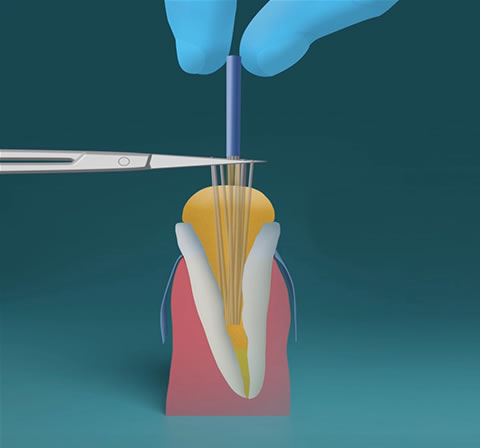
“Fatigued endo crowns © with both 2-mm and 4-mm long endo cores displayed outcomes in term of marginal integrity and fatigue resistance equivalent to classical crowns.”
“Results of this study discourage the use of flat overlays (A) with only adhesive retention to restore extremely destroyed premolars.”
“Almost the totality of the fractured specimens broke in a catastrophic way (unrepairable fracture) under the Cement Enamel Junction. (CEJ)”
Restoration of severely damaged endodontically treated premolars. The influence of the endo-core length on marginal integrity and fatigue resistance of lithium disilicate CAD-CAM ceramic endocrowns; October 2017, journal of dentistry 68. Giovanni Tommaso Rocca, René Daher,Carlo Massimo Saratti, University of Geneva | UNIGE · Department of Cariology and Endodontics; Sedláček Radek, Czech Technical University in Prague | ČVUT · Faculty of Mechanical Engineering (FS)
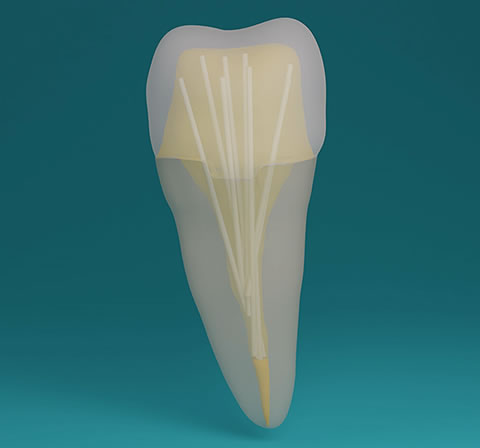
“The use of flowable short-fiber composite as reinforcing base with large direct and indirect restorations may result in more repairable failure.”
Influence of short-fiber composite base on fracture behavior of direct and indirect restorations. S. Garoushi & S. Sungur & Y. Boz & P. Ozkan & P. K. Vallittu & S. Uctasli & L. Lassila. Clinical Oral Investigations, January 2021.
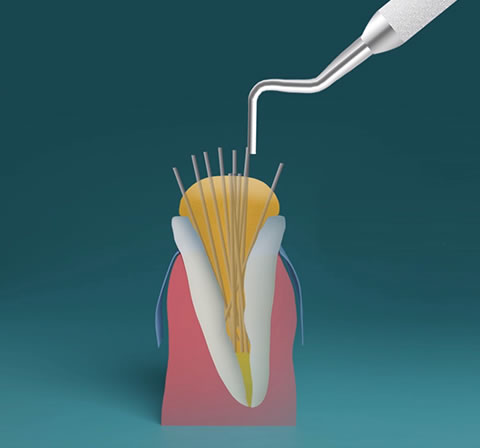
Smart SOLUTIONS for your success!

